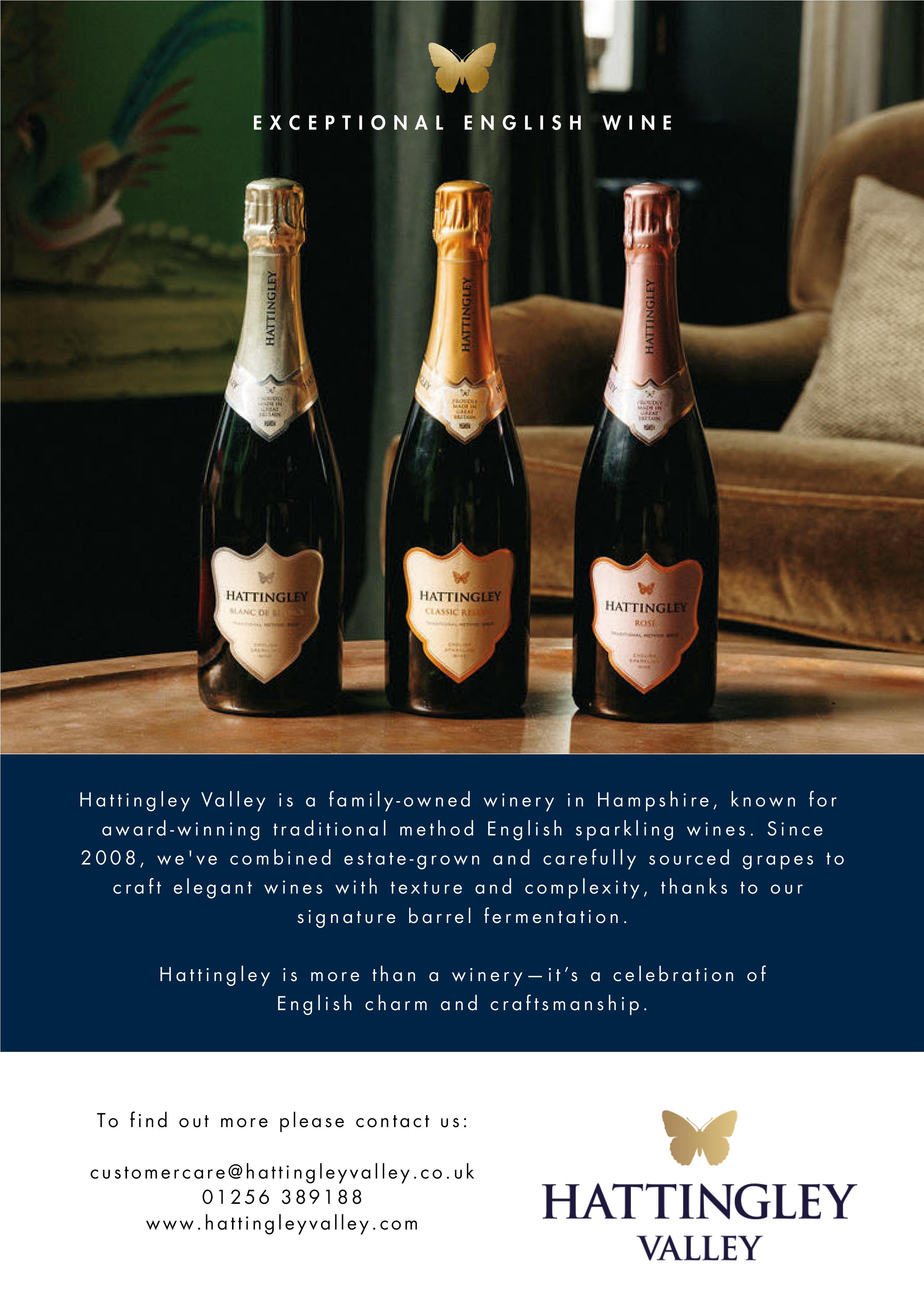THE WINE MERCHANT.
An independent magazine for independent retailers Issue 149, August 2025



Mayfair House group has opened its 10th bar and shop in the capital – and hopes that another five will soon follow
London’s Mayfair House group has opened its 10th shop and bar in the capital – and has its sights set on another five branches.
June saw the opening of Courtyard Wine Cellars in Covent Garden. “It’s our biggest shop to date, at 2,500sq ft,” says Mayfair House boss Nathan Lowry. “It’s got seven vaults and we’ve got different things happening in all of them.”
Lowry founded Pall Mall Wine in 2012 and, despite some self-confessed mistakes along the way, has found a successful blueprint that’s allowed rapid expansion. The group includes Shepherd Market Wine House, Traders Wine Bar & Shop, Amelie’s Wine House, Brook’s Mews Wine House, Cecilia’s Wine House, Maltby Street Wine House, Angelique’s Wine House, Cherry Tree Yard and Voila! Wine Bar & Shop.
Potential new venues in Lowry’s sights are in Kings Cross, Marylebone, Fitzrovia, Kings Road and the South Bank.
“For the next wave of sites, I’ll either do them myself or, if I find the right franchisee, I would take the lease and train them and put together a franchise package,” he says.
New entrants to wine retailing face a number of challenges that Lowry believes can be simplified with a franchise.
“The most important thing is getting the property right,” he says. “And very often, people who are new to business will get sold to by an agent who doesn’t care who
takes the site –they just want to get it rented. Then someone falls flat on their face.
“You’ve got to work with the right people, because it all ends up costing you money. So in terms of offering a franchise, I think the experience that we’ve got in opening sites, and keeping them open over 10 years, is very valuable.
“We know what’s happening in the market. We’re very close to all the landlords and the agents, and know
what deals are available. It’s possible to negotiate very good property deals with landlords if you know how to pitch it, and landlords will even put a capital contribution in.
“That’s why being part of a franchise is strong, because there’s an established history. The franchisee knows roughly what the shop’s going to look like and they’re sitting alongside all of that expertise to help get them a site that’s going to work.”
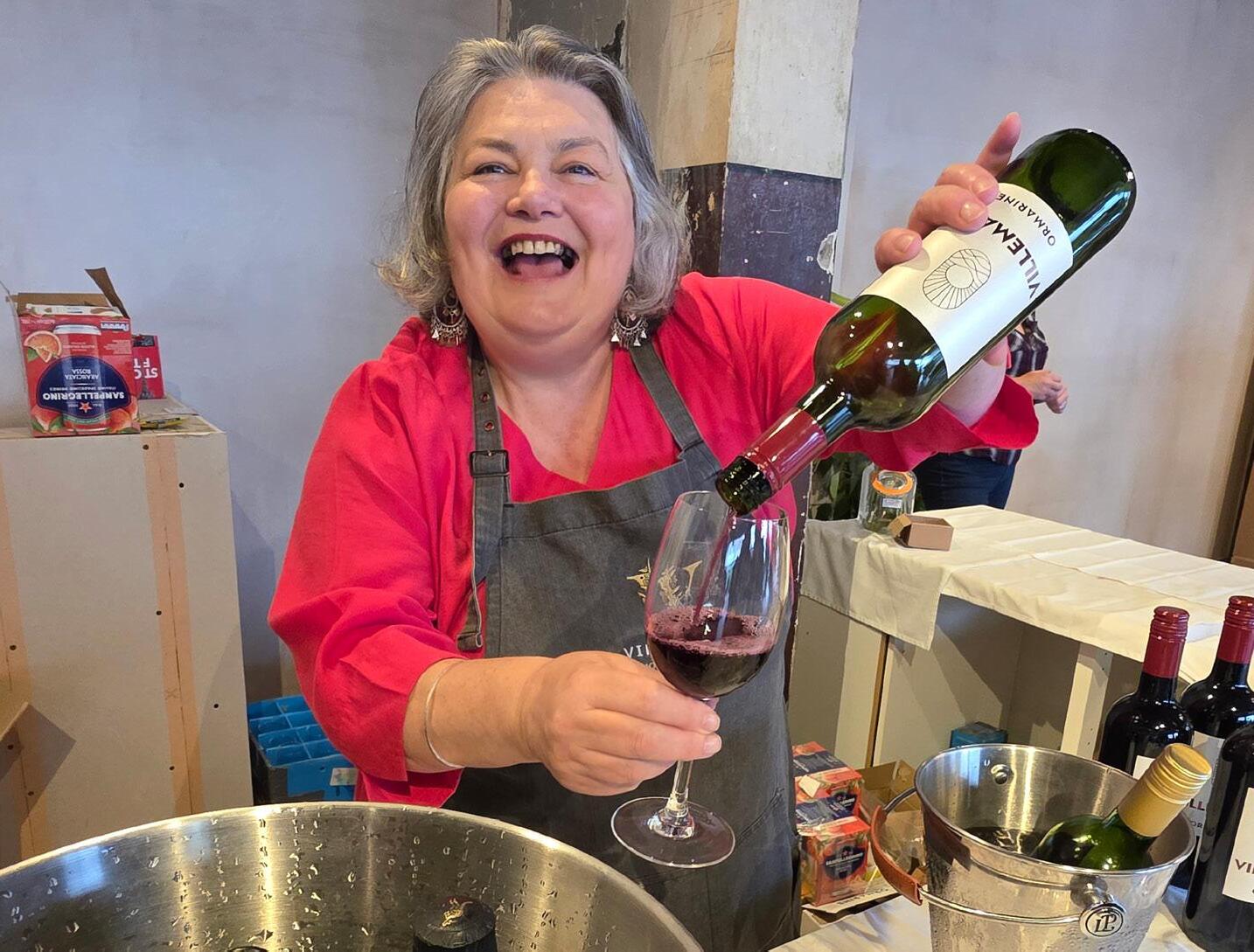
4 comings & Goings
Expansion plans reach fruition for several independents
14 david perry
Why even local deliveries are no longer on offer at Shaftesbury Wine
24 merchant profile
Bruce Evans of Grape & Grain welcomes us to Crediton
30 young people today
Wine drinkers aged 20 to 30 explain what influences their choices
36 food and wine
Five merchants tell us their favourite combinations
40 buying trip to sicily
We visit Santa Tresa and Azienda Agricola Cortese with six indies
44 make a date
The autumn tasting season gets under way with a vengeance
51 supplier bulletin
Essential updates from some of the trade’s best agency businesses
59 Q&A: jonathan ray
It’s The Spectator’s wine critic’s turn to face our interrogators
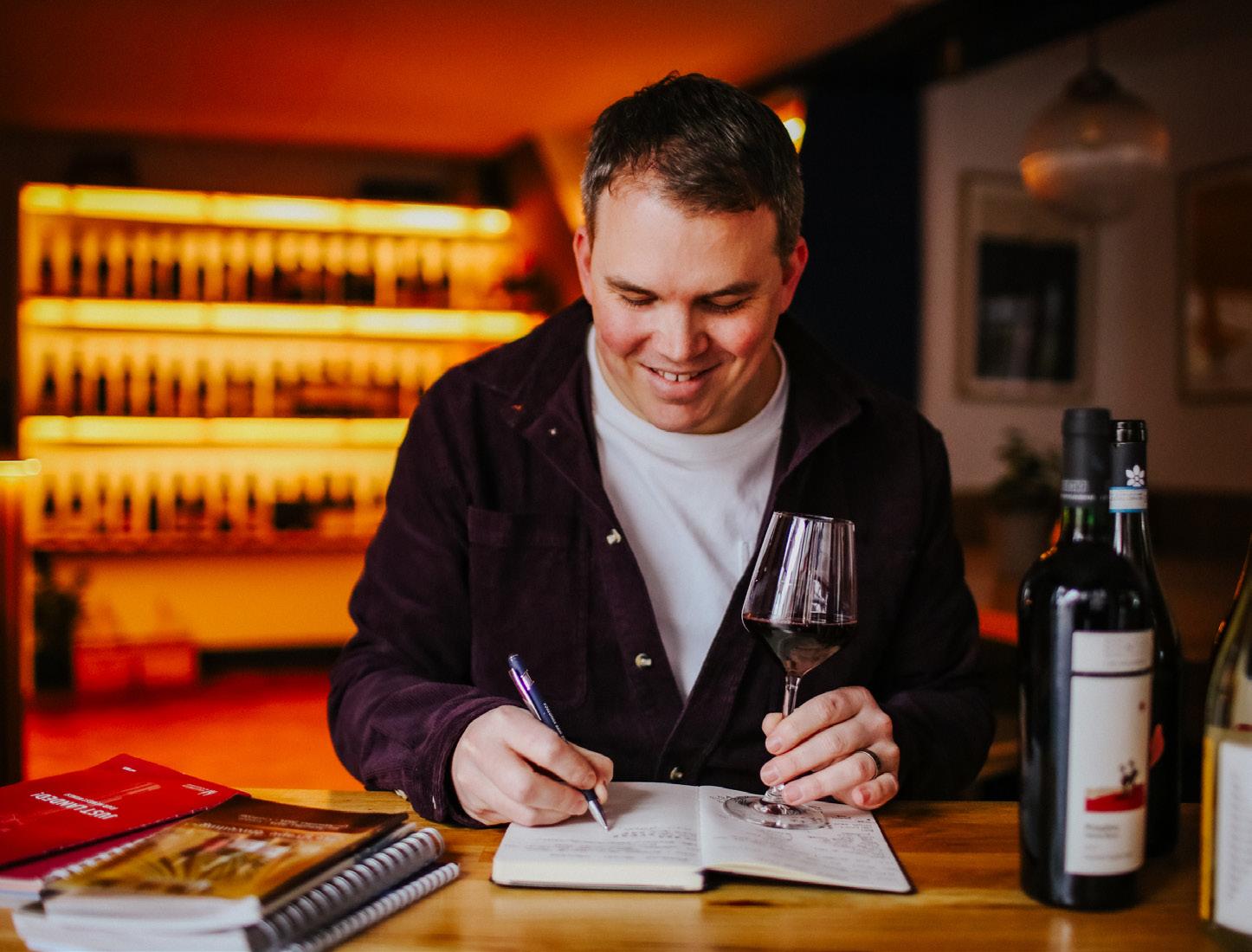
The Wee Vinoteca in Hitchin has been named as a finalist in this year’s Allica Bank Great British Entrepreneur Awards.
Owner Duncan Gammie has been recognised for “innovation, impact and resilience” and is shortlisted as retail entrepreneur of the year. The winners will be announced at Grosvenor House Hotel in London on November 17.
“I think there’s lots of scary conversations happening at the moment in our industry about wine getting more expensive, the cost of living going up, fewer people are drinking, and so I feel that with those things happening, you need to be as
interested in the business side of things as you do in the wine side of things,” says Gammie.
“I guess I’ve had this very lucky and lovely thing happen in that I started this [The Wee Vinoteca] because I was someone that loves wine and, as time has gone on, I found that I have an equal love for the business side of things.
“Some of the other finalists in the same category are totally different retail businesses, so in that respect, it’s interesting and exciting. It sounds silly, but I’ve studied wine, and I have qualifications in wine, whereas, like many wine merchants, I have no business qualifications. I’m just learning on the job and to be recognised for an award that is about entrepreneurship is a kind of an amazing thing, really.”


Editor and Publisher: Graham Holter graham@winemerchantmag.com
Assistant Editor: Claire Harries claire@winemerchantmag.com
Reporter: Jacob Stokes jacob@winemerchantmag.com
Advertising: Sarah Hunnisett sarah@winemerchantmag.com
Accounts: Naomi Young naomi@winemerchantmag.com
Admin and reader liaison: Charlotte Gingell charlotte@winemerchantmag.com
Your full range, ready to pour in minutes. No ice. No water. No mess. Stop saying “sorry, that one’s not in the fridge.” and never again miss a sale because a bottle isn’t chilled.









• Chill cans and even large bottles in just 3–6 minutes
• Only 25 kg — no plumbing, no maintenance
• Air-cooled, no ice or water
• Boost impulse buys while customers wait
• Offer chilled local delivery via Deliveroo & Uber Eats
• Quiet, clean, fits behind any counter
• Covered by our 9-month love-it or return-it policy!

Iassumeditwouldbe£2,000+andnot suitableforourlittleshop. Aftertryingit,Iwasblownawaybyhow compactandefficientitwas-andgiven thelowpricepoint,Iorderedanotherone.


Oliver Bailey has opened his first shop in Crewe Market Hall in April and has plans to open a further two sites.
Bailey’s is a hybrid cheese and wine shop operating from the premises previously owned by cheese manufacturer Joseph Heler. “I worked for them and it was one of the shops that I managed,” explains Bailey.
“At the start of this year they decided they were taking a new direction and having retail storefronts wouldn’t be part of the business anymore. I loved what I did and the fact we brought something completely different to the local area. I’m a big wine lover and I was worried about not being able to get the type of wines I wanted elsewhere.”
Luckily there was a sizeable customer base that felt the same way, so Bailey decided to take over the premises and add a wine retail element.
“It used to be more of a wine bar,” he says, “but now we’re about 50% retail and 50% hospitality. We have a very small food offering of charcuterie and grazing boards and traditional things like toasties. And we also have the retail part where we’ve got the cheese counter and the wine.
“We’re actually going to be increasing our wine range by roughly another 55% in the next few weeks, so we are intending to go quite big. We’ve got about 69 different wines at the moment, and we are increasing that to about 114 for retail.”
Initially built in 1854 as a cheese market, the market hall underwent a regeneration programme in 2021 to support local traders and increase footfall. Bailey describes it as a “dynamic venue” with plenty to attract shoppers.
“It’s like a multi-functional food and retail market,” he says. “The local football club has its official shop here, there’s a vinyl shop and a number of restaurants, bars and Asian

supermarkets. It’s a one-stop shop and there’s always some live entertainment.
“We’re able to utilise as much space [within the hall] as we want to. We’ve held cheese and wine events in the hall before for 40 people at a time. We are a keyholder so we could run an event after hours and have exclusivity over the building, but we’ve done events while the hall’s been open to other people as well because it’s very much a community building with a community spirit and people love it. It adds something a little different and creates a bit of theatre.”
And what of the extra two sites? Although Bailey has identified new locations, one “a
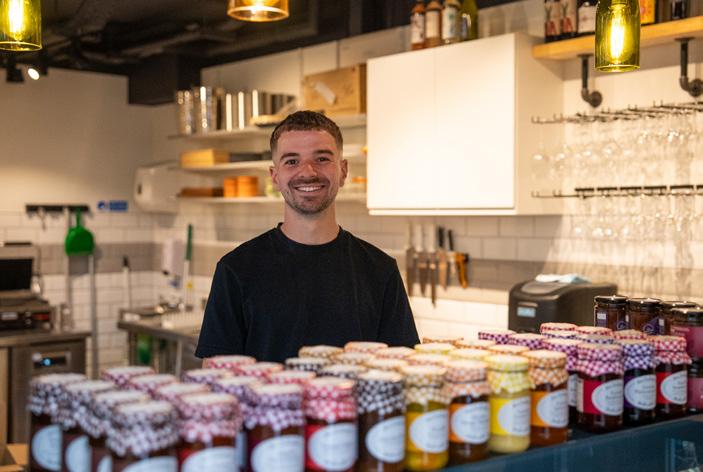
bit further north” and the other “slightly more in the Midlands area”, he’s realistic about future growth. “I’ve got a three-year plan but I don’t want to jinx it, and I don’t want to run before I can walk,” he says.
“This is the starting point of the journey and where I want to be for another 20 years, so I want to put absolutely everything into here for at least the next 18 months.”
• Inn at Home in Newbury closed in June, coinciding with the expiry of the lease.
Owner David Marklew says: “After 10 years of selling amazing drinks from awesome suppliers to the best customers ever, I’ve decided it is now time to hang up the apron, corkscrew and bottle opener.”
• After a year of trading in Bolton, Norvines has closed. Owner Natalie Norvall, who opened the business with her father, says: “It’s been an absolute joy running the shop, meeting so many wonderful customers, and working with incredible suppliers. I’ve loved every minute of it.”
The Artisan Wine & Spirits Company in Salisbury has plans to move to a new premises by the end of next month.
Artisan was established by Elizabeth Coombes and Simon Hill in 2021, and Coombes now owns the business with Thom Fowler.
“We bought Simon out earlier this year,” she explains. “I was always going to buy Simon out, and I couldn’t risk Thom being seduced by the bright lights – ie someone bigger than us – so he bought a small share.”
The new premises, which Coombes says is a “20-second walk” from the current shop, is a Grade II listed Tudor building previously inhabited by Crew Clothing.
“We’ve just outgrown this shop,” she says. “We’ve still got a bit left to run on our lease, but this place around the corner came up and it’s just too good to turn down. It’s terrifying because it’s quite a lot bigger.
“We’re taking the ground floor, and then there’s a courtyard behind, and a Tudor cottage in the back. That’s not in a habitable enough state to use for anything permanent, but the upstairs has got beautiful vaulted ceilings, so we thought we could use that space for pop-up supper clubs, private tastings and things like that.”
Vinomondo in Conwy is expanding into Llandudno in a collaboration that owner Julie Irvine-Mills describes as a “godsend”.
Llandudno has been on Irvine-Mills’ wish list for a second premises for a long time, but as the rents can be prohibitive, the chance to join forces with another local
independent makes a lot of sense.
“I spend a lot of time at a fabulous café called Dudley & George’s,” says IrvineMills, “and the owner, Jason [Pinnick], told me he was starting a new venture called Eatons, an independent grocer selling vegetables from the local valley and milk from the farm two miles away etc. He said he needed help with the wine as he wanted to sell good quality wine with sustainable credentials and he didn’t know how to source it.
“He said he wanted Vinomondo to be involved because of our reputation. In terms of staffing, Jason will provide the core staff and I’ll provide maybe one or two for the wine side of it. I’ll also put his staff through WSET Levels 1 and 2 over the next six months and get them to a level where they can understand what they’ve got and how to sell it.
“It’s a brilliant way for me to reach the people of Llandudno, which is approximately eight miles away from me at Conwy. We’ve been here 17 years, so we are very well established but it’s an opportunity to get further engagement and get people coming to events and learning more about wine.”
Plans include the future addition of a wine and cookery school on the first floor, all of which will come under Irvine-Mills’ remit. A pre-launch event was held at the end of June to give the local community a taste of things to come when Eatons opens this month.
“We had a great turnout,” says IrvineMills. “It was an opportunity for Jason to talk to Vinomondo’s customers and his customers about what we’ll be doing together; where our fruit and vegetables are coming from, that we’ll be making all our own breads, sauces and tapenades and that I’ll be doing all the drinks and running the evening bar sessions.
“The space is beautiful; it’s a lovely site in the middle of Llandudno. We’ve got a cellar and the shop floor and then next year, we’ll have the first floor open.”

A “dismayed” customer has written to Nottingham indie Brigitte Bordeaux, appalled that they’d been sent wine from the wrong vintage (2024 instead of 2019). We know this because the note was published on social media by the Brigitte Bordeaux team. “In the business of wine, as you must know, vintage matters,” huffs the complainant.
Brigitte Bordeaux responds with an online “public service announcement”, admitting that the website is in need of updates and improvements, and that mistakes can happen.
“We do know that vintage matters, so please do check with us before ordering if it is a specific vintage you are after,” the announcement continues. “We’d hate for you to think you were going to receive two bottles of knackered old 2019 Picpoul de Pinet and receive two young, fresh 2024 vintages instead.”
Sam Neill, he of Two Paddocks fame and sometime star of Jurassic Park, Hunt for the Wilderpeople and Peaky Blinders, tells Delicious magazine that “wine is one of the great keys to civilisation”.
But he is no fan of corks. “I was personally burnt by mouldy corks in 1999 – 25% of our wine production was ruined,” he says. “Screw caps are smart things and I would never, ever put my wine under a stupid cork again. If I have to use a corkscrew, it takes me 10 minutes to calm down.”
North Norfolk Cellars has a smart new van, beautifully branded in the company livery. All that’s missing is a name, so customers have been invited to send in suggestions, with the best idea winning a bottle of wine.
At the time of writing, Vanny McVanface appears to be the (inevitable) front runner. Other contenders include Merlot Mobile, Peugeotlais Nouveau, Cabernet Cruiser … and the outside bet, Piston Broke.

A second site for The Strong Water Company has been secured in Ballater, Aberdeenshire.
Brothers Guy and Mungo Finlayson opened the original shop in Banchory almost six years ago, and hope their next premises will be open by Christmas.
“It’s very early stages, and we are at the mercy of planning,” says Guy. “Everything’s good to go with builders and everything is lined up.
“Ballater is about 35 minutes up the valley from here. It’s very close to Balmoral, the tourist opportunity there is much bigger and there’s been a lot of investment within the area.”
As their business grows, the brothers will be bringing their cousin on board as director. “He works in wine and it’s very exciting that we’re expanding, and within the family as well,” says Guy.
“Our kind of retail is old-school, knowledge based, a bit like a chemist. People walk in and say, ‘I’ve got a terrible problem, I’ve got a lovely piece of beef I’m going to eat and I don’t know what to drink with it’. We go, ‘don’t worry, we’ll sort that out for you!’
“It’s a very relaxed style based on our customers, because every customer is so unique.”
Mere weeks since closing Toscanaccio and writing her valedictory column for The Wine Merchant, Cat Brandwood is back in the wine trade, heading up private client sales and tastings at the Alresford branch of The Naked Grape.
Owner Simon Evans, who was familiar with Brandwood via her regular
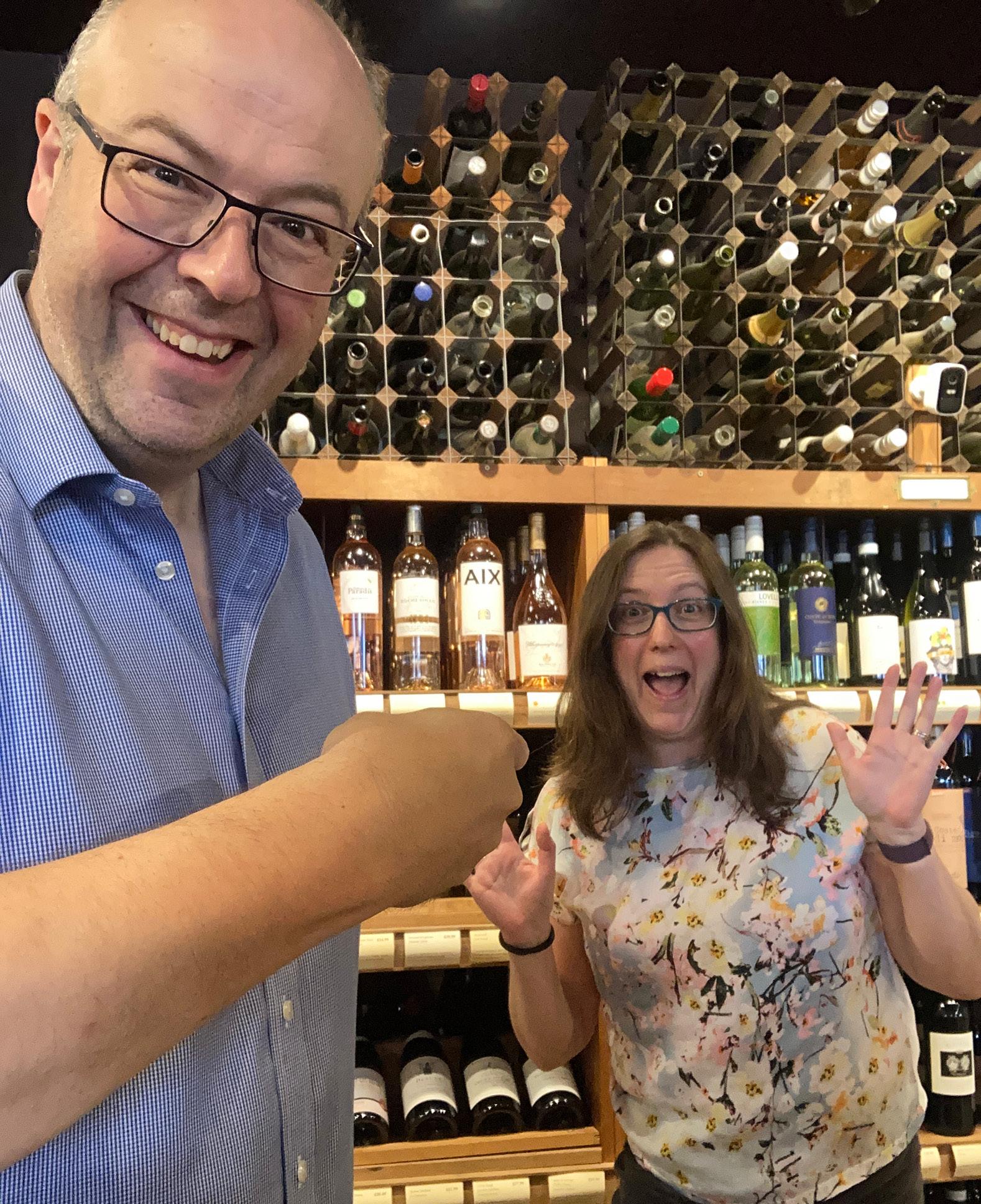
appearances in our pages, explains approaching her for this role was “an obvious opportunity for us to work with someone of great experience”.
He adds: “We’ve had the shop in Alresford for 21 years, and Winchester is seven miles away, so we knew that Cat was there. But we have a respect for other independents, so we never branched out into that area to try and get more customers. You’ve got to take every opportunity, and bringing someone into our business who has got a skill set and a list of customers will benefit us.”
After a brief holiday, Brandwood says she’s glad to be back, if only to keep her
wine club members happy. “They are absolutely thrilled that they’ve been able to get restarted and the first thing we’ve done is introduce them to some of The Naked Grape’s bestsellers, so they’ve got something new to try and I’ve got something slightly different to talk about,” she says.
“It’s been quite exciting to try a whole load of new things that I don’t know either, and in some cases, don’t know very much about. It’s always a good learning experience. Italian wine has always been my first love, but I’m always willing to try something new, and it’s been great to be able to do that.”

A countertop device that can chill wines in three to six minutes is gaining momentum in the independent trade.
Beezer, a German-designed system sold by Nottingham-based LUBA Distribution, has been well received by local merchants Weavers and Brigitte Bordeaux. The system is also being trialled in some Majestic branches.
Sebastian Becker of LUBA says: “Majestic have told us that Uber Eats and Deliveroo are huge for them. So with that in mind, retailers are no longer limited to just offering those customers three different wines from the fridge: they’re able to offer choice from their entire stock, because whether it’s cans of beer, bottles of wine or

Champagne, by the time the delivery driver is there, it’s already at perfect drinking temperature.”
Becker took a risk with an unannounced visit to Weavers and the reception was lukewarm at first.
“I just said, ‘have it and tell me after a week or two of using it that you don’t want it, and why you don’t want it’. After about a
month they sent an email saying, ‘we’d like to buy it, please’.
“The feedback we’re getting is that it increases sales, because the moment a customer has decided on the bottle they want, that’s when the sale ends. If you offer to quickly cool the bottle for them so it’s at drinking temperature, the wine merchant essentially then has six minutes to chat and that’s more selling opportunity. We didn’t clock its potential for increasing revenue until we started trialling it,” Becker adds.
Matt Wallis at Brigitte Bordeaux in Nottingham also spent some time putting Beezer through its paces. “He wanted to see how many different sizes of bottle he could fit in there,” says Becker.
“Every single one of his wines fit, including the longest bottle he could find. We both looked at each other in surprise because the unit is deceptively short.”



is “quite a happening place”
The Riding Wine Company has relaunched in Margate. Established in Ealing in 2019 by Vikram Mertia and Jesal Thakker, the business closed in 2023 with Mertia relocating to the Kent coast where he started a new venture called Streets.
“The plan was to do a wine bar and a little bit of Indian-inspired street food to go with it,” says Mertia, “but although it was really busy, the wine got lost in that. People were just coming for food and wanting a Coke or water. So I decided to have a break from the kitchen and rebranded back to Riding Wine.”
Mertia has his own portfolio of wines discovered on the travels that inspired the birth of the business in the first place. As well as stocking his own shop with those wines, he’s wholesaling them too.
“Most of the wines are from Italy and Slovenia,” he says. “The wines are absolutely gorgeous, and we have a bit of wine from Bordeaux too.
“I buy a small quantity from Les Caves de Pyrene to get some things I don’t have,
for example natural Prosecco or something from New Zealand or something from South Africa, and I’ve got three taps now as well.”
The store is in Cliftonville, which doesn’t see the same amount of tourists that descend on Margate’s Old Town area.
“We’re about a 20-minute walk from the Old Town, but this is quite a happening place with a good mix of everything like pizza shops, cafes and wine bars. We started an event called Low Margate, a weekend of wine and music. It’s just had its second year and that will broaden out as we go to include Broadstairs.”
Mertia won’t be dropping the food element completely. “We’re doing toasted sourdough, sardines and anchovies, that kind of thing – so very much what we used to do back in Ealing.
“I’ve met a few chefs who I’d like to invite to use the kitchen and do some pop-ups that we can pair wine with and do some unofficial masterclass events. We have our first pop-up this month with a young couple from Mexico and Argentina, coming down from London to take over the kitchen for the weekend and I’m in talks with these girls who do really good Vietnamese food. So there’s a lot going on.”


Let’s explore those random boxes piled four-deep and play old wine roulette
For everyday drinking, I tend to … No, there’s no such thing as everyday drinking, not anymore: I’m way too old and sensible for that. So let me start again.
For casual, spontaneous drinking, I usually …
That won’t do either! We can’t just grab a bottle and glug it down like a toddler with a plastic flagon of Sunny D. We’re meant to be careful, considered, mindful consumers of those dangerous alcoholic beverages. Very well:
When I have made a considered and carefully risk-assessed decision to take a bottle of wine home, I make a contrastingly quick decision as to what that bottle actually is. There’s invariably a new wine or two I want to try, and failing that there will certainly be dozens of wines I’ve enjoyed in the past and should renew my acquaintance with. There are longestablished favourites too, that I like to check in on at least once every vintage. Customers sometimes ask if I have a wine cellar at home, to which I reply by sweeping my arm dramatically around the shop, declaring, “This is my wine cellar.”
Which is pretty much true. Why fill your house with hundreds of bottles when you’re spending every day in a shop filled with thousands of bottles? Also, you have to pay if you take them home, whereas as long as they’re on the shop shelves you can have a similar thrill of ownership – and potential consumption – without having to splash the cash.
But sometimes I love a wine so much
I have to buy a case to ensure I can get it whenever the mood strikes. Other times I try a bottle, decide it has potential, but needs age to show its best; in those circumstances I might take three home and open one a year to see how it develops. Sometimes we decide to delist a good wine, because it’s a slow seller; after the one final bottle has been taking up shelf space for a month, I feel it incumbent on me to “tidy up” by taking it home.
I like to have a few big-format bottles. Not dozens, just a couple of magnums. Say two white and two or three red. The thing is, you’re never going to spontaneously take home a magnum, are you? You need to have them handy in case of an unexpected visit from a group of wine-loving friends. That must be why I have a jeroboam of Dead Arm Shiraz too.
Occasionally I get the chance to buy museum releases: those are always interesting. Sometimes I ask visiting winemakers to sign a few bottles – I keep those for sentimental reasons. Quite often a delivery brings a new vintage; 2023, say, when we’re still holding a few bottles of 2022; and then I remember I took a bottle of 2021 home because I was “tidying up”. You know what that is? A vertical! So I take home one of the 2023 and 2022, and remind myself to buy some of each new vintage as they come out. After a few
years I have a vertical so deep it’s almost impossible to find an excuse to open it.
Thus I have accidentally filled the shed at the back of the house with wine. Because it’s not a planned collection, but a semi-random accumulation, it’s not well organised, and cases are piled three or four deep. Even if I knew what was in the bottom case of any particular stack, I couldn’t easily get it out without disturbing every other bottle slumbering above, so some wines have lain there for 10 or 20 years. Too long? Could be. In waiting for the right moment to open some of the venerable bottles I have more than once waited too long.
The only thing worse than drinking great wine too soon, or with great friends who don’t appreciate great wine, is leaving it so long it fades and dies. What I need is a really good excuse to go down to the bottom layer and pluck out a special old bottle. And last night I thought of a brilliant excuse: I could write a column for The Wine Merchant about it.
Out to the shed I went, and returned, after careful excavation, with Plantagenet’s Cabernet Sauvignon from Western Australia, 1992. How long I’ve had it I can’t recall: the vintage dates to eight or nine years before I started buying from their UK agent, Liberty. (Maybe it was one of those museum releases.)
I opened it (the cork split but didn’t crumble), decanted it (lots of sediment, but pretty clumpy so easy to separate) and let it sit briefly while I grilled a couple of lamb chops.
Old wine roulette! Sometimes the bottle’s dead and you’re mortally disappointed. Sometimes you strike lucky and it’s a sublime experience. This time it was the latter: the Plantagenet was bursting with sweet blackcurrant fruit, filigreed with fine tannins, and possessed of just enough acidity to provide freshness, even at 33 years of age. A very special moment. Which reminds me, I really must order a case or two from Liberty. 2020’s the current vintage: I can’t wait to try it in 2053.
Some wines have lain in the shed for 10 or 20 years. Too long? Could be
Duncan McLean is proprietor of Kirkness & Gorie, Kirkwall
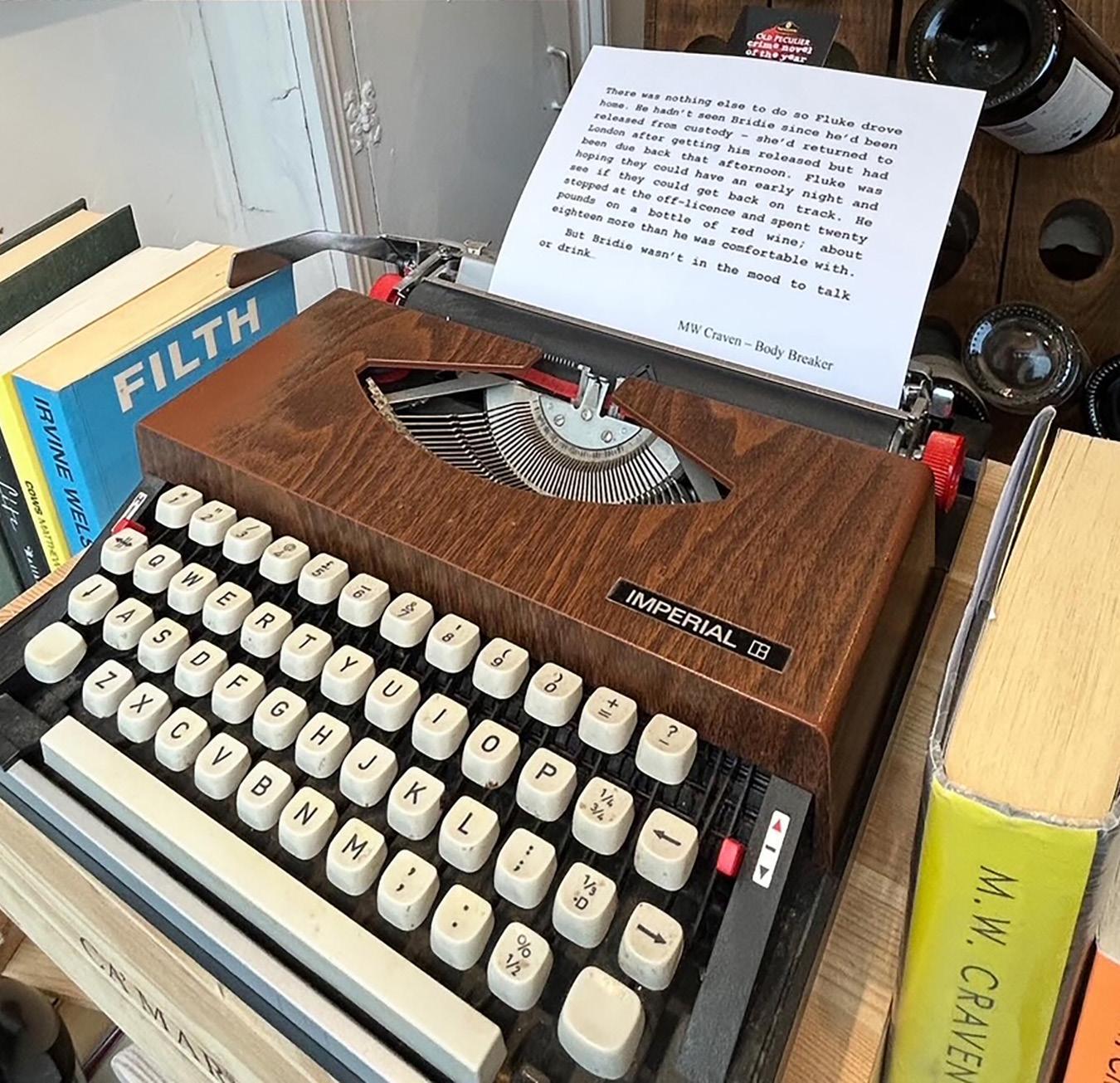
North Yorkshire indie gets into the spirit of the town’s annual crime writing festival
The windows at Harrogate Wines were appropriately dressed for the annual Theakston Old Peculier Crime Writing Festival. The North Yorkshire town hosts the world’s leading crime authors for the four-day event every July.
Andy Langshaw’s killer window display included a quote from one of the featured authors, accompanied by an antique typewriter. Spilling out onto the pavement with an iconic white outline of a body, accessorised with an empty jeroboam of Garrus, the scene was complete.
“It’s really good fun,” says Langshaw. “We’ve got to know many of the authors over the years and there’s quite a few who like to treat themselves to something pretty special. They’ll say to me, ‘when I complete my next book, I’ll drink this.’
“People fly in from all over the world to come to the crime writing festival and it’s a really good thing for the whole town. So we love to champion it and do a nice window display to reflect the authors’ work.”

Langshaw hopes there were plenty of witnesses


Let me start this off by making it clear that I have no issue with giving a dog the occasional treat in the shop – and, for some favourite customer/dog packages, a more than occasional treat. Shoutout to John and Stella.
But we now find ourselves in an era of dog treat expectation. For those who have been fed before, the dog’s innocent excitement is almost as palpable as the owner’s assumptions of imminent canine gratification.
Sometimes I’ll stand firm, resist the pressure and obliviously carry on with what I’m doing, and that’s when things really start to get interesting. Some owners concede an early defeat, pulling the dog away from the counter with a couple of awkward laughs. Others will encourage puppy eyes to be trained my way in the hope of a guilt trip, and this often works. But if I survive that wave of attack, the most audacious owners will then embark on a major escalation and simply ask for the treat, the most memorably-entitled request being “if you’ve got a treat mate, it will stop her looking for one. That’s what she’s after, you see.”

Yeah, you’re right, my bad. I should be the one feeding your dog to keep her happy in the shop whilst you potter around. Tell you what, bring the whole family in next time and I’ll make sure we’ve got a knockout three-course meal ready for you all.
Well, bad news, we are absolutely out of treats tonight – would you believe it? One thing I can do, though, is give you a wine recommendation. That is, in fact, what I’m here to do.
Tamyanka thrives in this part of the Bulgarian Danube. It tastes familiar. Is it Gewürz? No, you idiot, it’s Muscat à Petits Grains, full of decadent, tropical aromas but dry on the palate with a clean, opulent roundness. Went down a storm with grilled salmon and salad but could handle something spicier.
RRP: £20.99 ABV: 13%
Delibo Wine Agencies (01993 8866447) delibo.co.uk
An old estate that’s new to the Schenk family, located near Requena, just west of Valencia. Organically grown at 700 metres, the white Garnacha grapes are pressed quickly, with no skin contact, creating a pure and exceptionally drinkable wine with suggestions of mountain herbs, lemon zest and blossom. Great packaging, too, which is replicated across the range.
RRP: £35.50 ABV: 13%
Schenk Family UK (01753 521336) buckingham-schenk.co.uk
A blanc de noirs from Bordeaux … so what might the noirs be, do you think? Three points if you said Cabernet Sauvignon, but only one if you’d already sniffed out the tell-tale (but very subtle) blackcurrants. A beautifully balanced and sensual sparkler, with less than 1.9g/l of residual sugar.
RRP: £20.49 ABV: 12%
North South Wines (020 3871 9210) northsouthwines.co.uk
Few suppliers are as sure-footed as Cachet at the affordable end of the wine market, and this new creation from Gascony looks set to emulate at least some of the success of Big Beltie. The formula is simple: a clean, uncomplicated but very enjoyable wine with gorgeous packaging and a duty-friendly abv.
RRP: £10.99 ABV: 11.5% Cachet Wine (01482 638888) cachetwine.co.uk




Cava isn’t the easiest sell for many indies but that’s probably because most consumers aren’t used to examples that tick as many boxes as this, especially at this price. Invigorating, with a pithy jolt on the palate, it simmers with green apples and nuts, with a seam of patisserie running through the middle of it all.
RRP: £21 ABV: 11.5%
Enotria&Coe (020 8961 4411) enotriacoe.com
Ferraton produces exquisite lieux-dits wines from its northern Rhône holdings, and the seam of quality runs all the way down to its most affordable offerings. Here, Roussanne, Grenache and Viognier are deftly entwined; the tropical richness is nicely offset by a faintly chalky mouth feel and a gentle CO2 spritz.
RRP: £17-£18 ABV: 14%
Berkmann Wine Cellars (020 7670 0972) berkmann.co.uk
Tamerán is the passion project of footballer and native Gran Canarian David Silva. With Jonathan García of Suertes del Marqués as winemaker, it aims to capture the essence of indigenous varieties like Malvasía Volcanica. This is unapologetically Canarian: salty, briney and flinty with an etching minerality.
RRP: £45 ABV: 12.5% Indigo Wine (020 7733 8391) indigowine.com
Pomegranate seeds dusted with rooibos, cranberries smashed with rain washed rocks, thorny rose stalks growing through granite cracks. If Pinot does all its work in a three-piece suit, this Cinsault feels like cargo shorts and tattoos ... and that never tasted so good.
RRP: £26.99 ABV: 13.5%
Museum Wines (01258 830122) museumwines.co.uk





In a nutshell: Alcohol and a good yarn go hand in hand, so why not invite people to share their stories with the whole bar? Are you sitting comfortably?
Tell us more …
“My partner Chris is a poet and playwright and he’s also the director of a charity called Brave Words, which works to provide children with access to the arts. He had the idea of doing a storytelling event and we played around with the idea and thought that it’s what happens when people have a drink anyway. Everyone just sits and starts telling stories and chatting and sharing. So we thought Hoc would be a good place to do it.”
Did you put any guidelines in place?
“We wanted it to be really informal and we didn’t want it to be performative. We knew we didn’t want it to be an open mic type event for people who are already performers.
“The theme was ‘beginnings’ and we said to keep each story no more than five minutes, because we didn’t want it to reach a point where you feel like you’ve been forced to sit and listen. So Chris would keep things moving by getting people to talk about the last story or breaking for people to get drinks. He kept it very relaxed and everyone came away from it saying it just felt very heartwarming.
“It worked brilliantly and there were a lot of people who had just come in for
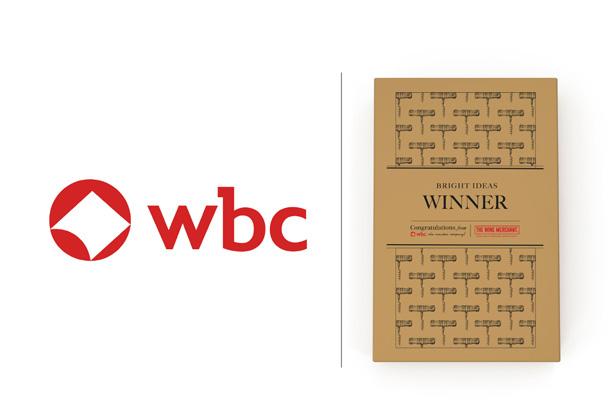
Emma Kerrawn Hoc Loco, Horsforth, Leeds

a drink without realising the event was happening, and a few of them ended up getting up and sharing their own stories. It all felt very natural.”
How many people were there?
“We had 10 tickets available, but we ended up with about 30 people altogether and 18 of them got up to talk and share a story. Some people just came to listen, and we saw the start of some new friendships as quite a few people by the end of the night were making plans to come to the next event together. Some customers were exchanging phone numbers and ended up coming in for a drink together a few nights later. Hoc is about community anyway, so it’s really nice to build on that.
“We didn’t charge for the event, it was pay-as-you-feel donation, so you didn’t have to pay anything. But Chris ended up just over £200, which will go towards one
of the youth theatres.”
Did you allocate specific drinks?
“No, we just made up a few more cheeseboards than usual and people just got whatever they usually want to drink. It was a gloriously sunny day, and lots of people had just swung by for a drink after work and then they saw what was happening and decided to stick around.”
Will you hold another storytelling event?
“Definitely – the next theme is ‘fiesta’. It seems like a good fit as we’re natural storytellers. We love talking about wine. We find that often our customers are not so bothered about which region the wine is from or the grape varieties, what they care about is the story that we paint for them when we’re telling them about the people who make the wine.”
Emma wins a WBC gift box containing some premium drinks and a box of chocolates.
Tell us about a bright idea that’s worked for you and you too could win a prize.
Email claire@winemerchantmag.com


Our website is woefully out of date with listings. One thing that we did update frequently was the offer to deliver. That has been removed completely now. This means it is only regulars who get deliveries and not the lazy chancers who have forgotten a birthday. The problem was the wording. It used to
say that we would deliver locally for free. To me that meant shoving a few cases in the back of the van and dropping it off on my way home. To some people “locally” meant Dorset, to others it meant the south of England and to overseas customers it meant the UK, or even Europe. I thought I would clarify by saying “in the town and
surrounding villages” and then “within 10 miles”.
I always thought it wasn’t right to apply a minimum spend, especially if I was passing, but this generosity was frequently abused. One memorable instant was a phone call late in the day asking me to deliver to a neighbouring town. I hesitated and asked what she wanted. “Port,” she said. I hesitated again in case she wanted a few good vintage ports, but no. She wanted one entry-level ruby, a forgotten present for an unloved relative. I said no. She said she was from London, and I had to do it. Still no. She then told me she had checked and the address was 9.8 miles away so I had to do it. No, I didn’t. I explained that it was dark, it was New Year’s Eve, although it may be 9.8 miles away, it was 9.8 miles of singletrack road there and 9.8 miles back again, and also the river Stour had burst its banks so I may not even get through. It would take me at least an hour. She then said that surely it must be worth it for £12. That’s £12 retail including VAT, not £12 profit. No again.
With limited knowledge of contract law, she then went on to suggest that our online advert was binding. It isn’t. It is an “invitation to treat” and only becomes a verbal contract once both parties have agreed terms. Even then a verbal contract isn’t worth the paper it’s written on. I had two other aces up my sleeve. Firstly, I told her that our offer to deliver didn’t state a time frame and I would be happy to drop it in next time I happen to be passing Sturminster Newton, which could be as soon as next month. The second was that I could quickly change our website. While she was on the phone and knowing she would double check the wording, I temporarily updated the offer to add, “but please don’t be a knob, we’re not Deliveroo”.
I
temporarily updated the website
to add, “please don’t be a knob, we’re not Deliveroo”
It’s always difficult to know what people think is reasonable. We used to frequently get asked if we would deliver a case to somewhere remote and, after agreeing, discover that the case was six bottles of cider. I’m thinking around £200 – reasonable. They are thinking £18 –unreasonable.
If I’m going somewhere new, I tend to do a Google drive-past first. That way, when I get there, it’s like I’ve been there before. Frequently it’s hard to read a house name. I then have to do further online research using estate agent sites. I then not only know what it looks like from the road but often the colour of their bedroom carpet. It has been a while since I have been hopelessly lost.
There have been a few times when the customer has had to give me very detailed directions. One, recently, over the phone, gave me the postcode and I Googled it while we talked. I followed her instructions using Google Maps and we both agreed the house I was looking at was hers: a cluster of buildings around a courtyard a mile from a crumbling “main road” and a good two miles from the postcode. It’s being done up. One day it might have its own postcode. One day it might have a road.
Last winter a very nice lady (why is it always women who demand delivery?) bought 12 bottles of Champagne and asked if I could deliver. Together, in the shop, we identified her house on Google Maps as apparently there is no satnav deep in the woods. I agreed to do it in the morning, in daylight, to give me a fighting chance. There was a storm that night and in the morning there were still warnings not to venture out unless it was necessary. I felt it was. I found the place eventually but had to move two fallen trees to get there. She was grateful and met me by the gate … next to her massive four-wheel drive. Hang on a minute. When you came to the shop to order the Champagne yesterday did you walk the eight miles – or did you drive in, in that beast?

Can a tasting note ever be too silly – or too serious?

�I once had a colleague who was renowned for her confectionery comparisons, which were usually referring to the fruity characteristics of a dry wine. She almost always nailed it, and to this day we still refer to certain Rieslings as the ‘tangfastics’ of the wine world. I’ve also always thought that some Gamay wines smell like Campino strawberry sweets, even though I’ve not seen the product since I was a kid.”
Chris Hill * Champagne winner * Latitude Wine & Liquor Merchant, Leeds
�Every bottle in our shops has a handwritten note on it, and as helpful and personal as they are, I do occasionally wince when I read some of them back, especially when I have written them in the first place. But I would always prefer something frivolous but personal to something dry or pompous. To me the best note gives a sense of how it feels to drink the wine and that tends to be emotional rather than technical or blandly descriptive.”
Tom Illsley Theatre of Wine, London




�Ultimately, a tasting note needs to sell the wine. So yes, it can definitely be too silly or too serious. If it’s too ethereal or clearly written by a marketing team, it risks sounding pretentious and falling flat. The best notes spark curiosity or start a conversation, and a bit of personality goes a long way. If I had to choose, I’d take a touch of humour over overtly serious any day.”
Gosia Bailey Mr & Mrs Fine Wine, Southwell
�There’s always a happy medium to be found. Sometimes a note can be too silly to be accessible, but equally some can be too serious to engage. Generally, though, I like to see the personality of the reviewer coming through. Wine is such a personal experience, after all, and the tasting note can be the hook that draws the customer in to the till.”
Matt Hodgson, Grape Britannia, Cambridge

Champagne Gosset
The oldest wine house in Champagne: Äy 1584
Dorset
David Perry is the owner of Shaftesbury Wines in



Why am I happy? Because I just sold 300 tatty boxes of bin-ends at bargain prices
Ihad an idea the other day about ripping into the newspapers about promoting dirt-cheap wine through their weekend supplements. The piece was to be based on the fact that The Times ran a four-page spread on the “50 Best Summer Wines All Under £8”.
I’m confident that there’s a good chance that you are equally annoyed by these supermarket-centric, low-quality advertorials and I thought a good old fashioned rant would be fun.
Something along the lines that, at £5, who the chuff needs researched wine advice? That is pretty much the least risk you can take when buying a bottle of wine. It’s £5, FFS: if it’s shite, then what did you expect, and if it’s good, you are happily surprised. Surely you need the expert advice when you are thinking of what £18 red wine goes best with pork pie.
Alas, just as I was about to expand on this piece and place all editors into Room 101 (sorry Graham) The Times ran a double-page spread on the best wines to splash out on, and they were very good, and wines I’ve sold or sell. So I metaphorically snapped my pencil and wondered what I had done to anger the writing gods. Even whilst I typed this piece up my latest copy of The Wine Merchant landed and the Corkage comic strip was about influencers giving it the big I am and then recommending a £4.99 bottle of wine. What chance do I have to sound original? So what should I do about my article railing against cheap wine, and why it doesn’t need critics to help folk spend a
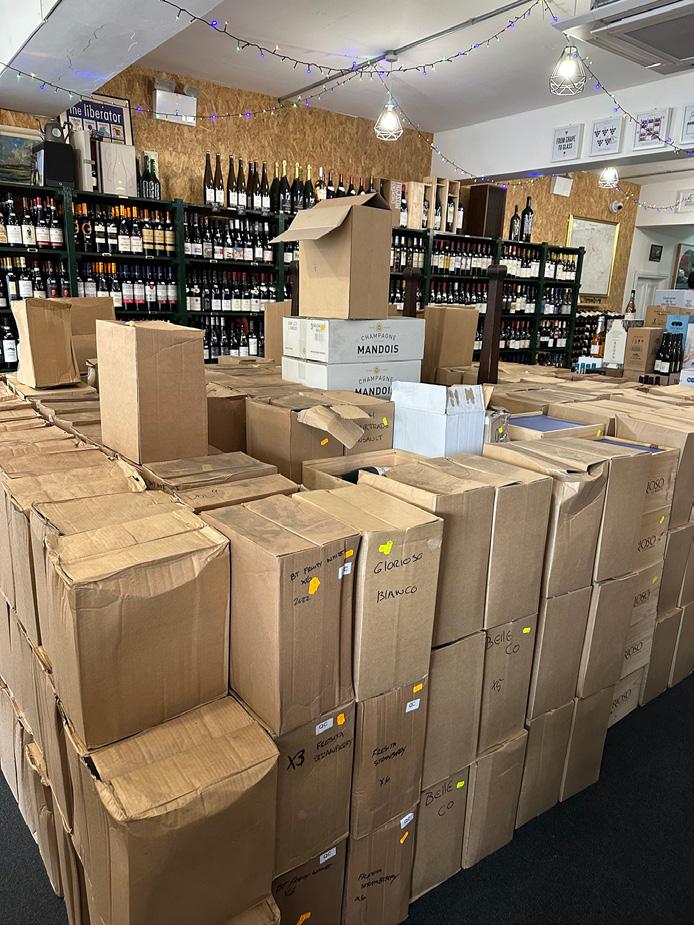
Roll up, roll up: rosé Prosecco, £30 for 6
fiver? Well, in the vernacular of those far cooler than I, I leaned into it. Or rather I just turned into a massive hypocrite, and not just the once. Over the years I have fired off emails to suppliers complaining about receiving “re-packs”. Those crappy, cheapest of the cheap re-packing boxes to which wines from dropped or damaged cases are sent.
Whether it’s just that they remind me of the end of Toy Story 3 and the dying of the light, or whether it’s just that they don’t stack and are generally filled with scuffed labels and bits of broken glass, it just seems to trigger me. So it’s something of a climbdown that I just willingly took stock of 387 of them. 387 badly folded, tatty, indistinguishable, mystery-filled delights landed in my shop and I was happy. Why was I happy? Well, I bloody love
a deal: I’m an old school shopkeeper and I keep my principles locked safely away in my till. Back in 2018, when Brown Brothers wines decided to exit the UK market, it left Fells with an awful lot of wine and no producer to look after. I received the bin end list and my rep, tongue in cheek, suggested I offer for the lot. So I did. Seven thousand bottles of Aussie loveliness of which nearly 2,000 were half-bottles of Orange Muscat & Flora. I think they only accepted just to see what on earth I would do with all that sticky wine. Well, it landed two days before Black Friday and so “Brown Friday” was born, and five weeks later every single bottle was gone and foolishly I’d not lined my cellar at home with any of the gorgeous Patricia wines. (If you find me slightly tipsy at a tasting someday then I may let you know what I paid for those wines, it’s bonkers.)
The opportunity to help another supplier tidy up their warehouse and have a bit of fun was too much to turn down and that’s how we ended up building forts out of brown boxes in a shop that needs to be ready to host a wine tasting in six days. As such we did the only thing that seemed sensible: we played the big boys at their own game. Rosé Prosecco £30 for 6, Rosé Vinho Verde £30 for 6, Aussie Shiraz £33 for 6, all including VAT and all good wines.
Unsurprisingly, the wines flew; there were cartoon-style dust trails where the pallets had been. I guess it’s because the editors of various periodicals understand their readership and know that sometimes price is where it’s at.
I’m not saying it’s very wine merchant-y and I’m not saying I want to build a business on it – the 11 cases of utterly gorgeous Rioja Gran Reserva that were in amongst will definitely sell for a much higher price – but at the end of the day I’ve bought a load of wine, and a week later I’ve sold a load of wine, I’ve made a good margin and that is, after all, what we do for a living.
PS If anyone has any ideas on what to do with 24 cases of alcohol-free rosé I will be a very happy man!
Rob Hoult owns Hoults Wine Merchants in Huddersfield


A rare chance to lease or partner in the development of one of the UK’s most secure and naturally climate-stable above-ground storage facilities.
Once home to NATO’s nuclear cruise missiles, this ultrasecure GAMA site offers exceptional ambient conditions – maintaining a steady 13°C year-round – ideal for the preservation of fine wine and other high-value assets.
Multiple insulated buildings ranging from 1,700 to 20,000 sq ft. Discreet location with excellent access to the M4 and M3.
To Let / Joint Venture Considered Discretion. Security. Stability.
Enquiries: shane@quintons.co.uk 07836 215126 07753 227550
Robert Kukla Spedition UK t: + 44 (0)1708 922 250
e: info.uk@kukla-spedition.com
w: https://kbl.kukla-spedition.com




Felix is the bar manager of Vermut, one of Ultracomida’s venues in south Wales, specialising in sherry and vermouth.
“The launch of Vermut happened a week before Wales went into lockdown,” says owner Shumana Palit. “We had to mothball it and it was nearly two years before we brought it out of hibernation. It’s really taken off in the last 18 months and that’s down to the team, in which Felix is instrumental.
“He does a lot within his role and it encompasses his wider skills such as his background in art. The menus in Vermut are now drawn and designed by him and we also have a range of T-shirts that he’s designed.”
Vermut is modelled on a typical Spanish bar, so vermouth, sherry and Montilla-Moriles are the stars, served alongside small plates. Finding great people can be a challenge generally, but does it make it harder when you’re focusing on a niche category?
“I think maybe we’ve been quite lucky,” Shumana says. “We had an amazing guy called Jack, who’s still with us and now working in a different area of the business. Then Felix came along. He’s got a lot of experience as he’s been in the industry in Cardiff for over 10 years and everybody knows everybody in the world of bartending in Cardiff.
“Felix has a very holistic approach and he’ll get to know more about his customers and try and make the drinks part of that story. Everything he does gives the customer the best possible experience while they’re in the bar. He enjoys getting that magic right.”
Felix says: “One of the reasons I love this job is because I’ve been given the freedom to actually utilise my artistic side as well. Because we’re an Andalusian-style bar, leading with vermouth and sherry, which a lot of people in the UK have not experienced like this before, we need to make sure that our service style and the venue itself are as welcoming and unintimidating as possible. We design the venue to make sure people feel comfortable, and the approach to service is exactly the same.”
In authentic Spanish style, Vermut attracts all age groups. “It’s graduation this week,” explains Felix, “and it’s been absolutely fantastic for the last couple of days seeing younger people, who come to us on a fairly
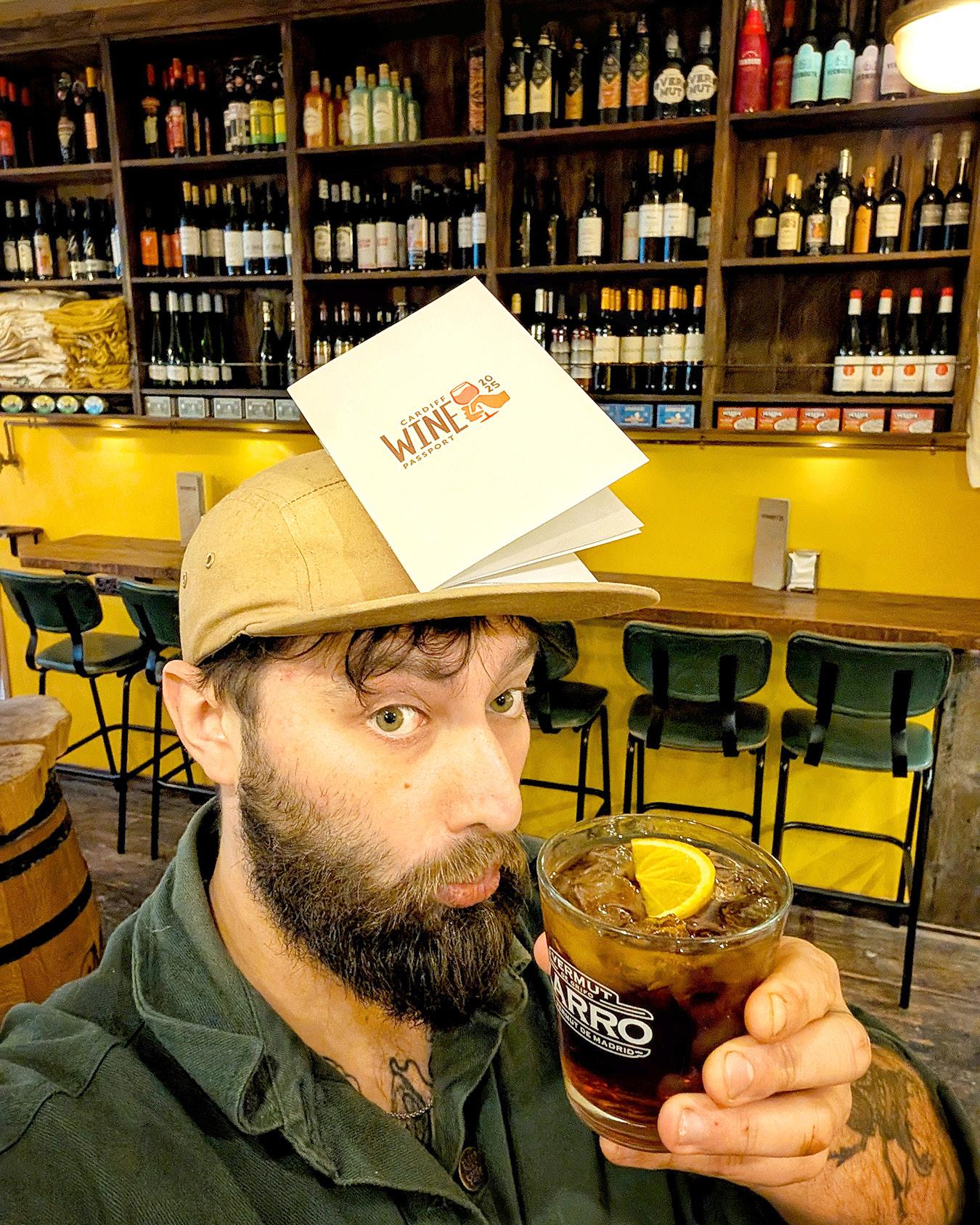
regular basis, bringing in their families, and everyone’s finding something that they like. It shows that these wines are really diverse.
“I’ve always enjoyed wine but professionally I’ve been more involved in the cocktail side of things. Moving to Ultracomida has massively developed my knowledge. The amount of information about grapes, different production methods and DOs and everything is so involved and so interesting.
“I saw an instruction manual I’d written for another member of staff a couple of years ago. It’s 12 pages of information that I wrote back then … I look at it and wonder at how much more I could write now!”
Felix wins a bottle of Champagne Devaux Cuvée D courtesy of Liberty Wines
If you’d like to nominate a Rising Star, email claire@winemerchantmag.com

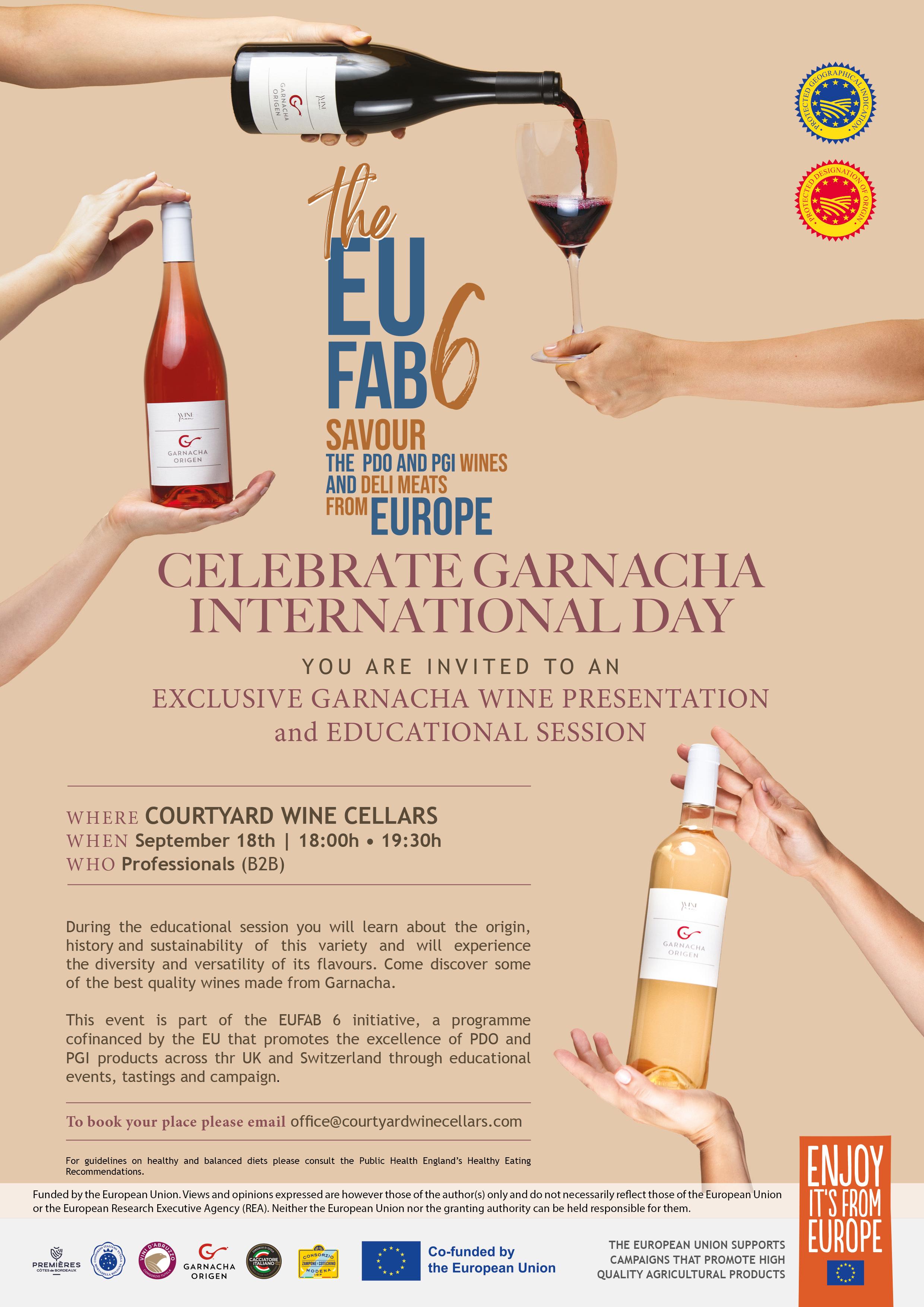

George Read
The Cellarhand, Bruton
Favourite wine on my list
Fabien Duveau, Les Menais 2024, Saumur Champigny. A very good representation of classy Cab Franc at a very good price. Charming on the nose and ripe fruit on the palate that’s well balanced with the classic herbaceous edge – and alongside, that refreshing, thirst-quenching acidity. A proper session red for me!
Favourite wine and food match
I had a bottle of Domaine Eric Forest, Pouilly-Fuissé l’Ame Forest 2023 last night with some mac ‘n’ cheese, and that really hit the spot. The point is, keep it simple.
Favourite wine trip
Any wine trip is a good one. But my first trip stands out because that’s where my journey in wine began, working at a big winery called Indevin in Marlborough.
Favourite wine trade person
My business partner and wife Javiera, who I met while working at a winery in Casablanca, Chile. We both got a job as cellar hands (she has a master’s in agronomy specialising in viticulture and oenology). We complement each other in terms of tasting and responsibilities.
Favourite wine shop
Grape & Grind on Gloucester Road in Bristol is great. It’s run by a very friendly and knowledgeable chap called Darren, who was brave enough to give me a job many years ago!
A French court has convicted three people over the mistreatment of Champagne harvest workers.
Living and working conditions for more than 50 people, including undocumented migrants, have been the focus of a highprofile human trafficking trial. There was no running water or electricity and the group was required to work from 7am to 7pm, with “rotten sandwiches” offered for food, one victim said.
The Comité Champagne said: “The events that occurred in 2023 are serious and unacceptable. You do not play around with the health and safety of seasonal workers. Nor do you play around with the reputation of our appellation.”
A woman from Kyrgyzstan, who was director of a service agency, was sentenced to four years in prison with two years suspended. Two men also received partsuspended prison sentences, and the defendants were ordered to pay €4,000 to each victim.
Decanter, July 23

• Encirc – one of the leading wine, beer and spirits bottle fillers in the UK – has agreed a pay increase for staff at its Bristol site, halting plans for an industrial strike. Grocery Gazette, July 28
Vagabond Wines is set to open what it says will be the UK’s largest urban winery at London’s Canada Water later this year.
The self-pour wine bar group is taking on 6,000sq ft of space to bring large-scale winemaking, immersive experiences, and more than 100 wines by the glass to east London.
The winery will be backed by investment from owner Majestic Group and is expected to quadruple Vagabond’s English wine output, supporting the growth of its smallbatch still and sparkling range.
Harpers, July 25
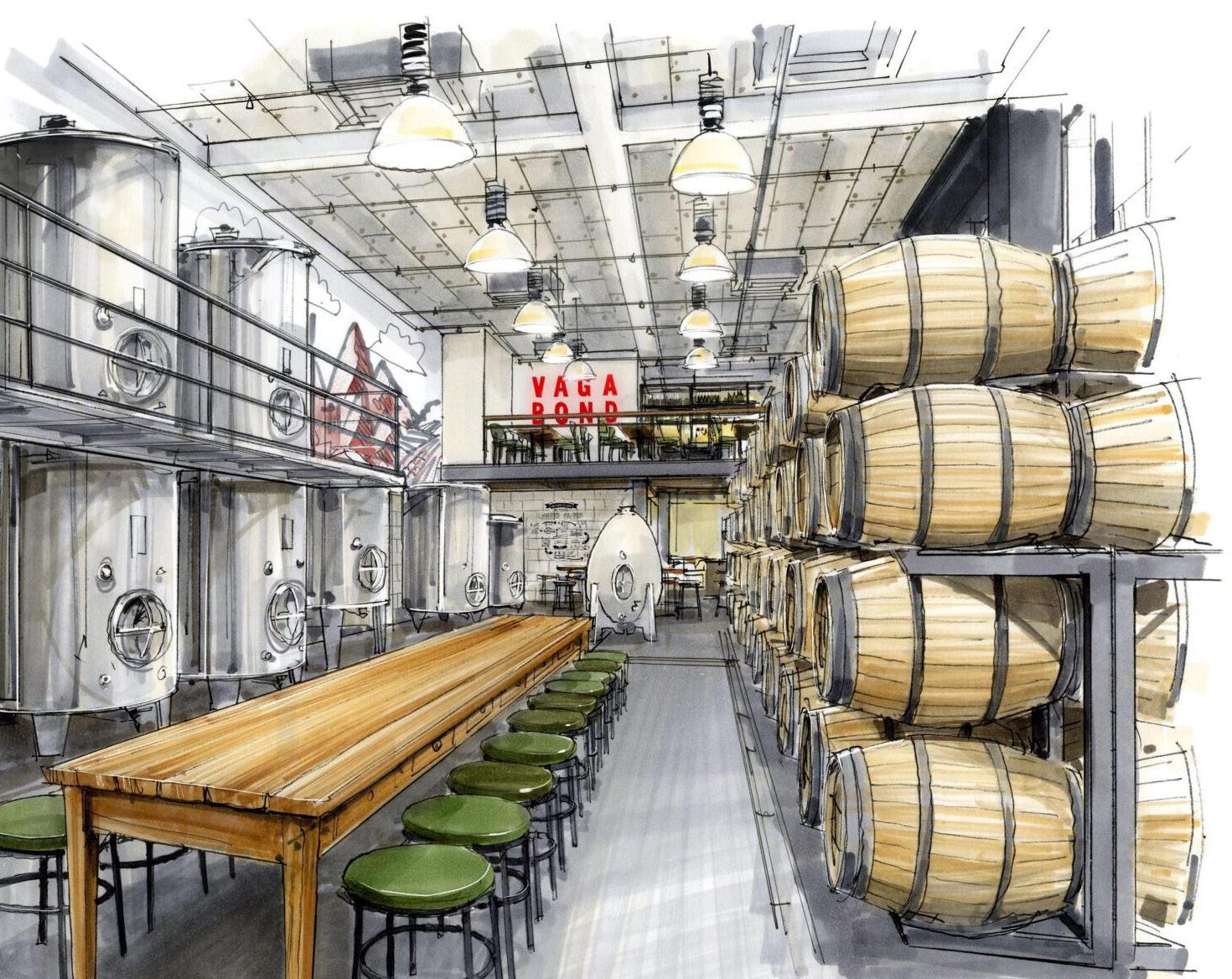
The site in Canada Water will offer “immersive experiences”
You can’t make a silk purse out of a sow’s ear. Nor can you make Champagne from still wine injected with carbon dioxide. But that’s exactly what Didier Chopin, 56, allegedly did, labelling and selling hundreds of thousands of bottles of fake Champagne from 2022 to 2023.
A court in Reims heard charges of fraud, misuse of appellation and abuse of corporate assets. A verdict and sentence are scheduled for September 2.
Chopin’s recipe was to buy still wines from the Ardèche and Spain, inject them with carbon dioxide and add liqueur syrup.
After leaving the courthouse, Chopin told reporters: “It’s a sad conclusion. I made a mistake, I am ruined and I have nothing more to add.”
Wine Spectator, July 22
• Majestic has opened a store at a former butcher's shop in Thame, retaining its original black and white flooring, wooden ceiling beams and tiled walls featuring original murals
Oxford Mail, July 4
The Wine Society has unveiled a new fine wine strategy that will make fine wine “a central pillar of its long-term plans” as it looks to appoint a new head of fine wine.
A key plank of this strategy is a new Fine Wine Spotlight. The first focuses on Spain, with a campaign for Australia planned in October, and the Rhône and Italy getting a spotlight in 2026.
Director of wine Pierre Mansour said although the society would stay “true to its mission of offering exceptional value and making fine wine accessible to everyone”, it would now have a “greater focus on enriching the fine wine experience in our uniquely Wine Society way”.
The Drinks Business, July 28
• US wine giant Gallo is set to shut down a winery in California, affecting 47 jobs. The company said it will close Courtside Cellars in San Luis Obispo County on September 8. The layoffs impact all employees at the facility, purchased in 2012.
Global Drinks Intel, July 28

With Flying Füchs
1. In which county was the first English PDO granted for a singlevineyard wine, in 2017? (a) Cornwall (b) West Sussex (c) Essex?
2. Champagne Krug, and Charles Krug of Napa Valley, were both established by unrelated Germanborn winemakers in the 19th century. But which was founded first?
3. What name has Meghan Markle given her rosé wine?
4. Arrange these South African viticultural areas from north to south: Elgin; Citrusdal Mountain; Paarl.
5. Which Greek word beginning with S, now common in English and a name adopted by some UK wine merchants, means “drinking together”?
Answers on page 48
It's that time of year again – when government departments are dreaming up new ways of


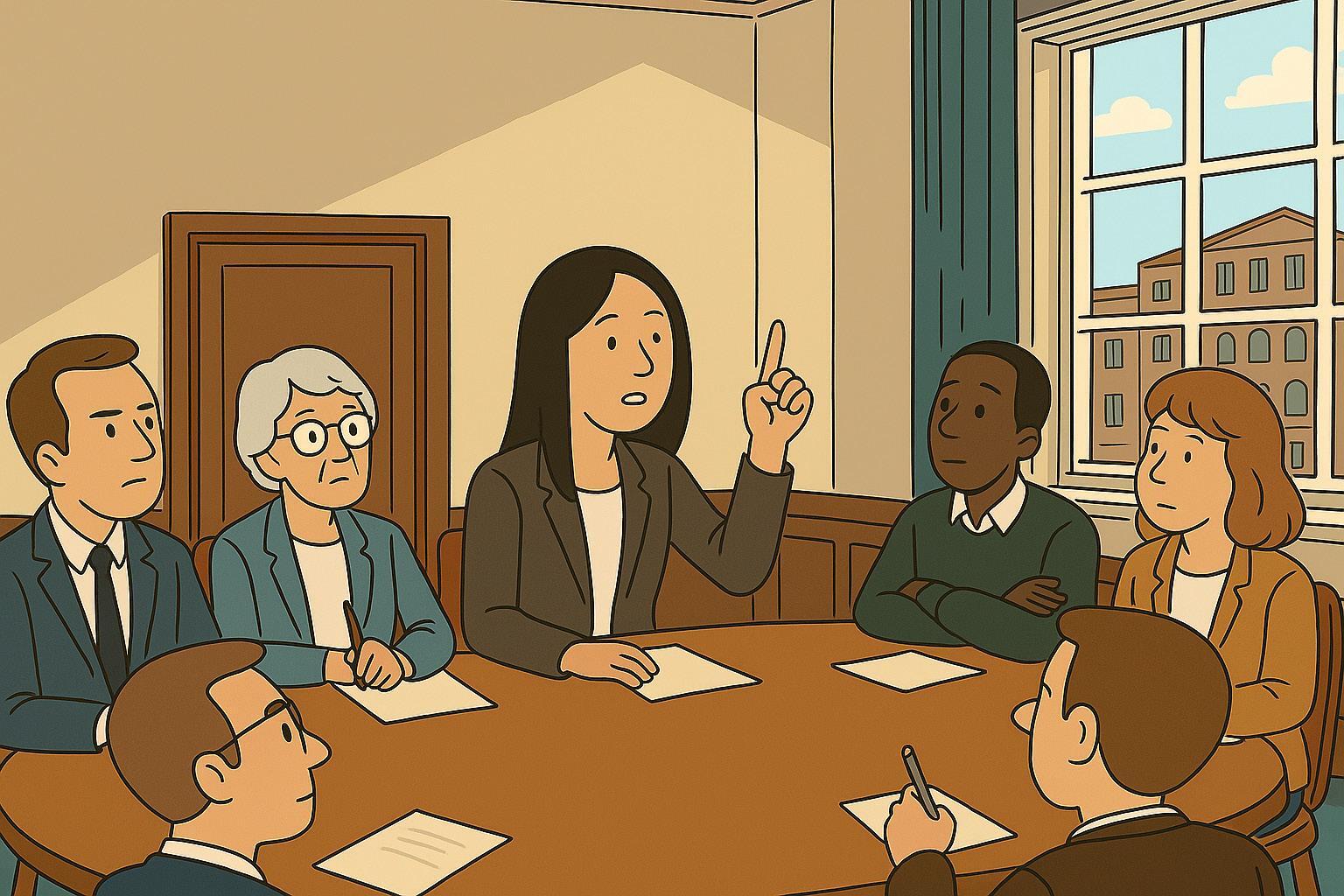




by Brett


Michel Parisot, cellarmaster of Champagne Devaux, explains why the flagship wine of the house has been so successful – and where it goes from here
Bonjour Michel. For those who don’t know Champagne Devaux, why is it a house that independent wine merchants should get to know?
At Champagne Devaux, we believe in a truly collaborative approach – from vineyard to bottle. My team and I work closely with our growers, visiting the parcels just before harvest to fine-tune the final selection of grapes. This meticulous attention at every stage of the process ensures that we produce Champagnes of great complexity and elegance, with outstanding ageing potential.
What is the D Collection and how does Cuvée D fit into it?
The D Collection embodies the full expertise of the house – from viticulture to winemaking and even marketing. Cuvée D is our flagship, demonstrating just how much Champagne can be a true
gastronomic wine with remarkable ageing potential, while still offering the elegance for a more casual aperitif.
This complexity starts with a meticulous selection of parcels and a focus on the “coeur de cuvée” during pressing. The wines are then vinified through three methods: stainless steel with or without malolactic fermentation, and 300-litre oak barrels without malolactic.
The final blend includes more than 300 base wines, with around 40% reserve wines – a significant part of which comes from a perpetual reserve, or solera, started in 1995. Although officially a non-vintage Champagne, we prefer to speak of a “multivintage” expression: in the current blend, the youngest wine is from 2015 and the oldest from 1995.
Is the winemaking process as intricate as it sounds?
Yes, the process is just as intricate as it sounds – but every step is intentional. All these techniques contribute to building aromatic complexity, much like the composition of a fine perfume.
For example, ageing on the lees not only enhances the texture and depth of the wine, but also helps preserve its freshness and protects it against premature oxidation. Together, these elements shape a Champagne that is both rich and elegant, with remarkable ageing potential.
Where are the D Collection plots and what makes them special?
We are deeply rooted in the terroir of the Côte des Bar, with a strong desire to showcase the potential and diversity of this exceptional region to a wider audience.
The majority of the plots selected for the D Collection come from the Côte des Bar and Montgueux.
For over 30 years, we’ve also been working with some remarkable Chardonnay plots in Chouilly, which I find wonderfully complementary to those from Montgueux.
I’m not specifically focused on sourcing from Grand Crus alone – what matters most to me is achieving a harmony of styles that aligns with my pursuit of complexity. To that end, I may also incorporate parcels from Sézanne, Vitry, or even the Montagne de Reims, focusing on specific highquality lieux-dits characterised by careful vineyard management and older vines, with a particular attention to sustainable practices, including the use of specific rootstocks and no herbicides.
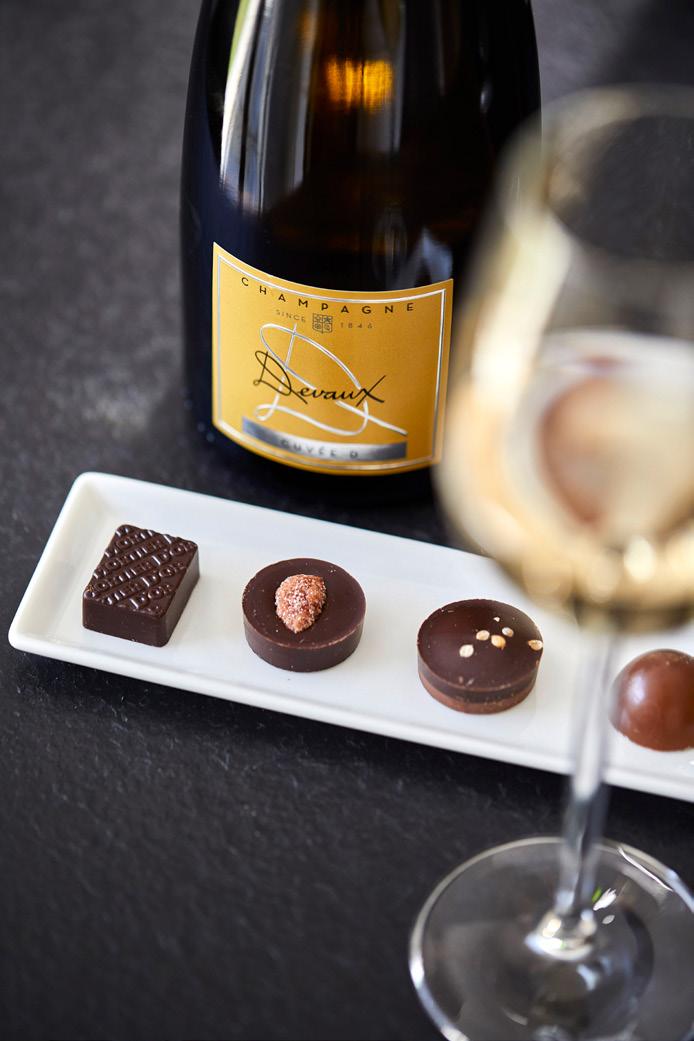
Do you have a favourite food match for Cuvée D?
Cuvée D is wonderfully flexible with food, and one of my favourite matches is Japanese cuisine. For starters, I recommend dishes like salmon sashimi or tuna tataki, lightly seasoned with soy sauce and a hint of yuzu, which complement the wine’s freshness and complexity. Beyond Japanese flavours, Mediterranean starters such as scallop carpaccio with olive oil, lemon and fresh herbs also work beautifully, as well as goat cheese salad with honey and walnuts for a richer contrast.
For the main course, the crispness and

Produced in association with Champagne Devaux and UK importer Liberty Wines. Find out more at libertywines.co.uk
elegance of Cuvée D pairs perfectly with tempura vegetables or shrimp, offering a delightful contrast between the wine’s texture and the dish’s light crunch. It also complements a creamy chicken supreme with morels, Asian dishes such as lacquered duck or lemongrass pork, and Mediterranean grilled fish like sea bass or sea bream with aromatic herbs.
When it comes to dessert, I suggest a classic French lemon meringue tart, as its bright citrus notes harmonise well with the Champagne. Additionally, vanilla panna cotta with a red fruit coulis offers a smooth, elegant finish.
It’s the 25th anniversary of Cuvée D. Has the style evolved over that time and might it change in any way in the next quarter century?
I am constantly striving to bring even more elegance, finesse and ageing potential to our wines. Naturally, since the launch of Cuvée D 25 years ago, the style has evolved significantly through a series of key developments.
In 2000, we mapped the entire Côte des Bar to identify and isolate the best plots, creating an evolving identity card for each vineyard. In 2002, after extensive trials, we decided to use 300-litre barrels for oak fermentation. That same year, we established our second solera, dedicated specifically to the Cuvée D blend, which is aged in a 140-hectolitre foudre.
In 2010, we introduced further precision at pressing by segmenting the juice and focusing on the “heart of the cuvée”. We also made a decisive choice to source oak exclusively from three Champagne forests: Forêt d’Othe, Argonne, and the Montagne
de Reims.
In 2013, we implemented jetting at disgorgement to minimise sulphite use and protect the wine from premature oxidation. A year later, in 2014, we began working with organically farmed parcels. Our research into wood remains ongoing, and the next step involves exploring different wood grains for our barrels.
Looking ahead to the next 25 years, our focus will continue on adapting our vineyards to climate change, refining plot selections, and deepening our work on fermentations, soleras, and reserve wines. The aim is always to preserve freshness in our Champagnes while enhancing complexity.
When I taste our Cuvée D based on the 2005 blend today, I’m struck by its remarkable freshness even after 20 years in bottle – something quite rare for a nonvintage Champagne.
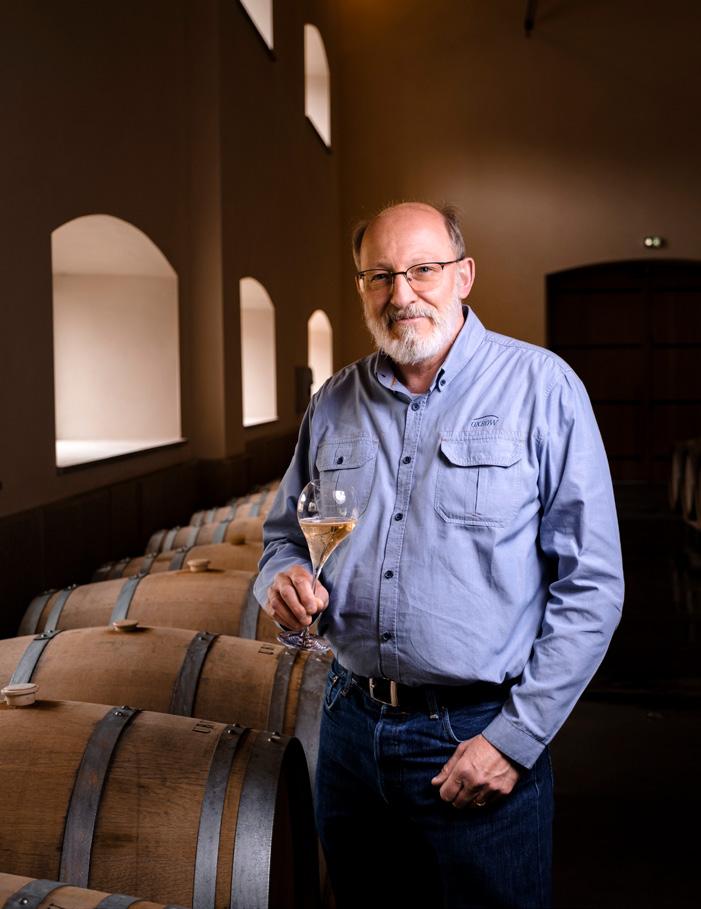
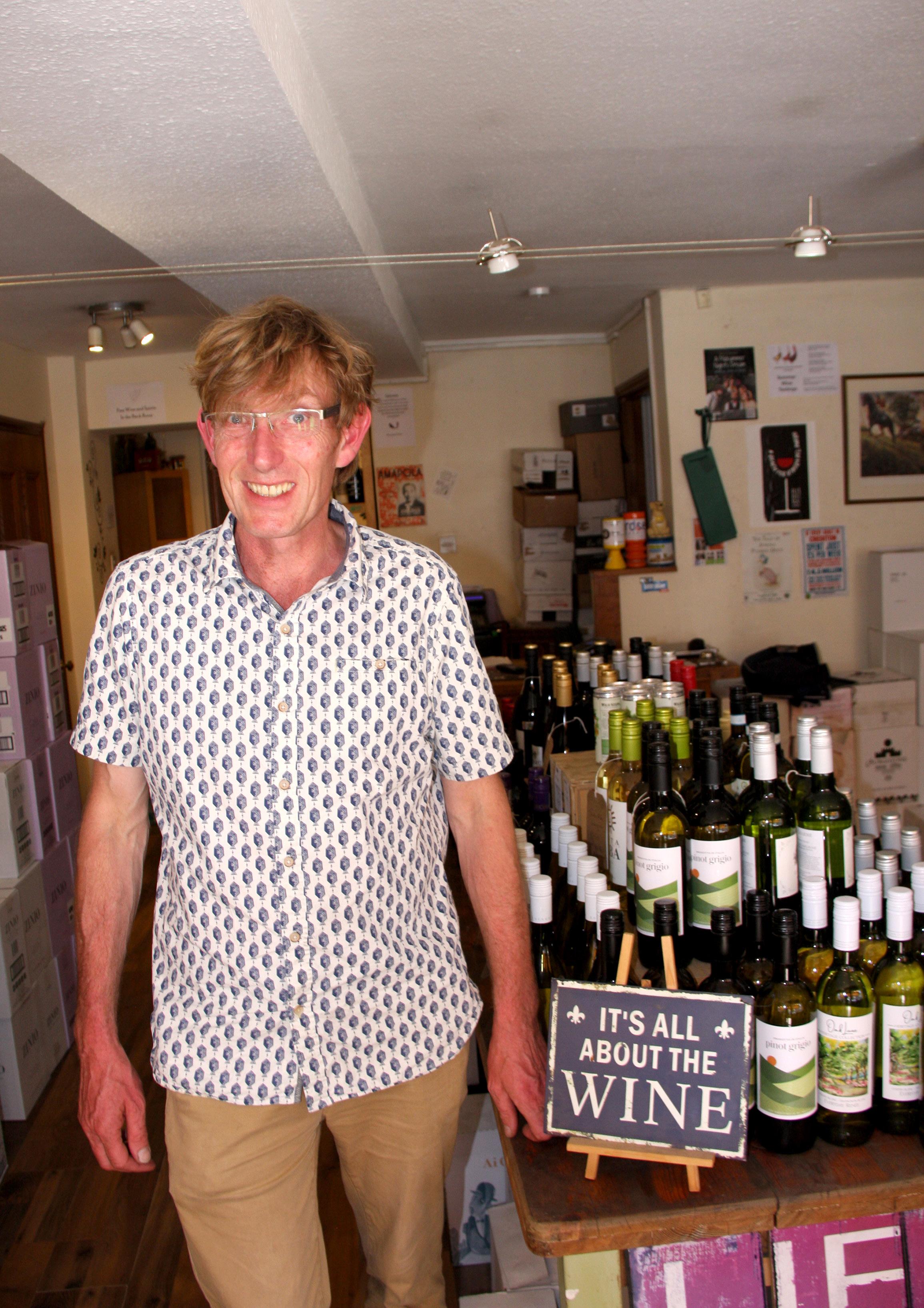
After a long spell at Majestic, Bruce Evans branched out on his own in 2012 with Grape & Grain in Crediton, Devon.
It’s a town that treasures its independents and Bruce was fairly sure his new venture would work. In fact it worked so well that 11 years later, he was confident enough to open a wine bar a few doors down.
If Grape & Grain owner Bruce Evans ever needs an umbrella name for his two Devon wine businesses, he could continue the juxtaposed nouns-and-ampersand thing and go for Chalk & Cheese.
The original Grape & Grain shop, opened in 2012, is all low ceilings, worn wood and stacked boxes; Amapola wine bar is a 2023 post-lockdown baby in an old bank, with lots of space, luxurious upholstery and shimmering light fittings.
The two sites are just a few doors away from each other in Crediton’s High Street, but a world apart in approach.
“The shop is just old-fashioned retail,” says Bruce. “Nothing posh. I’m a community wine merchant –and I enjoy it.
“I could have done the bar with a nice rustic look, but I felt it had to be something different for the town, so quite plush, with a proper bar that cost a lot of money and Verre de Vin systems.”
Bruce’s route into wine was through upmarket hotels. “I came out of university and didn’t want to work in an office. I started at Relais & Châteaux and very quickly worked out the best place to be was in the cellar.”
Bruce credits wine trade legend Bill Baker of Reid Wines with lighting the fuse.
“When I started in the cellar at Ston Easton Park he was the main supplier. He had a good palate and called a spade a spade – a larger-than-life character. He taught me a lot about wine and got me into it.”
Taking the advice of another legend, Bristol wine merchant John Avery, Bruce then went to work for Majestic – “when I’d done my time working until two o’clock in the morning” – to get the formal
training to go with the passion that had been ignited.
He stayed with Majestic for a decade. But he jokes: “It was beginning to become like a carpet salesroom. You’d see the trucks coming in and there’d be eight pallets of Ned Sauvignon and you’d know it was coming down to £6.99.
“You’d stick it by the door and put the price on it and flog it, but it became bit boring because that was all you sold. I’d always had an itch to do my own thing.”
Why did you decide to open Grape & Grain in Crediton?
There had been a wine shop, Lee’s, in the town for many years. It had gone in the early 2000s, but because it had been around for years I knew the town could support an independent wine merchant. This town is special, because 48 of the 52 shops are independents and it’s resilient. There aren’t any empty shops. I set it up with no money whatsoever. A friend helped me do the carpentry, which is why it’s not posh. We started with effectively 20 boxes of wine and everything triple-fronted. Slowly but surely …
What was the opportunity you saw with the wine bar?
Crediton has a very vibrant daytime scene but it’s very traditional. You still have Wednesday half-day opening and most of the businesses shut down on Saturday afternoons, because the person behind the counter is the person running the business, so they need their time off. There was very little in the evenings. People don’t come from the surrounding villages – which is what makes the high street work during the day.
“This town is special, because 48 of the 52 shops are independents, and it’s resilient – there aren’t any empty shops”
I didn’t do it altruistically, I did it for me, but if you bring in one thing, more will follow. Suddenly a decent Italian restaurant appears, and it’s not us that did that, it’s just because more people are coming in from further afield. The seven pubs in the town are all good pubs and I drink in most of them, but there was nowhere that a couple of women could go out for a drink together and feel comfortable.
Were you concerned about being the first? Not at all, because I was sure there was a market.
My customer base in the shop is very varied but there’s a chunk of it which is female and aged 30-50, and it’s the same market for the wine bar. It has a split personality: most of the time it does the quiet date or people meeting for a chat. There’s also a younger market, who want to have drink and a dance. You’ve got to cater for both; if you don’t, it’s not sustainable. It’s great to have two couples having a bottle of wine and a chat for an hour, but to have two couples doing shots for half an hour is better for the till. But I don’t want it to be a club or a restaurant. It’s a wine bar that does a bit of food: charcuterie, there’s no cooking, just loads of pieces of paper on the kitchen wall explaining how to put a board together.
Would this have happened without lockdown?
It was a busy time for the shop. I think it was for most wine businesses. We built the barricade around the door and the shop dog was stuck behind it looking grumpy. People went local because supermarkets couldn’t cope. People weren’t hoarding wine like they were loo rolls, but they were stuck at home and wine o’clock went from six to five. I worked the shop in the morning and did deliveries in the afternoon and it was good money, but it was hard work.
The business was already in a nice situation
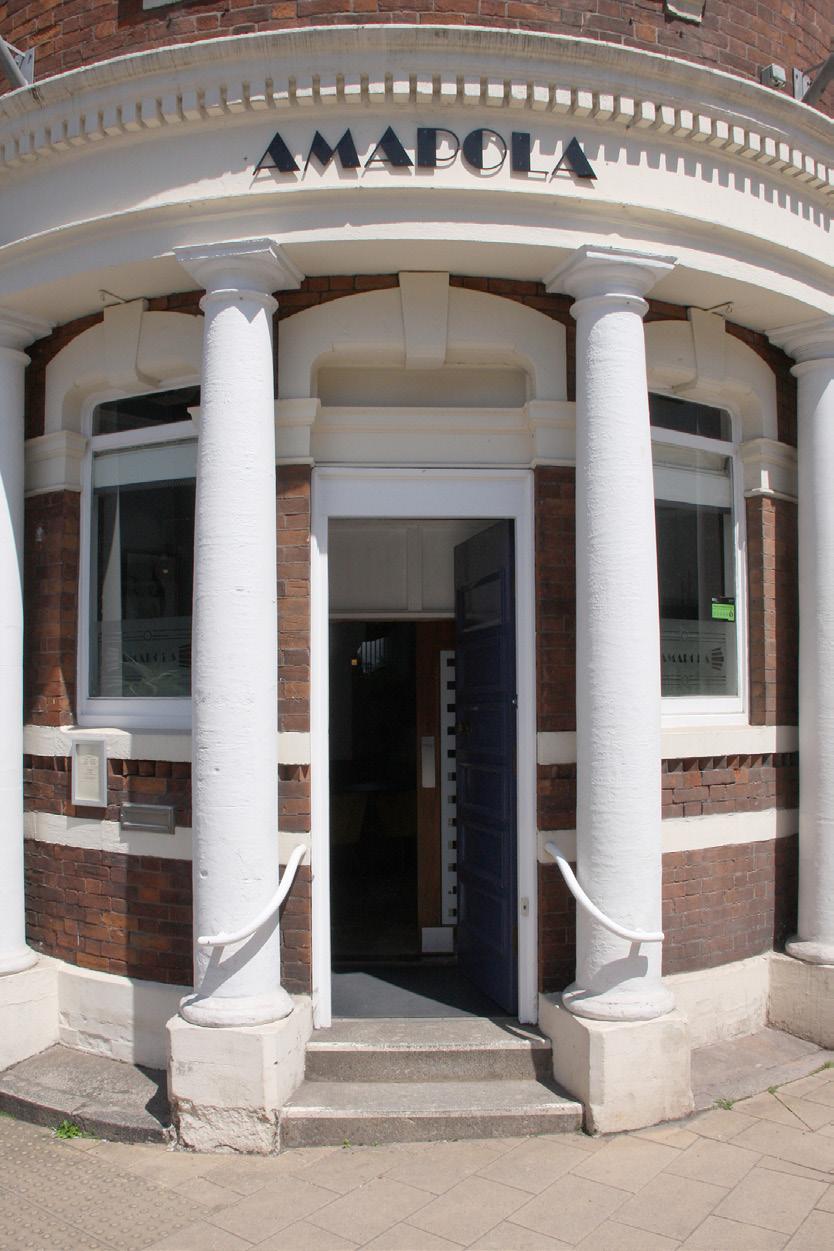
“I
love my Spanish, I love my Languedoc wines, I love my southern Italians – and they’re all very commercially viable at the moment”
where at the beginning of the month I’d paid everything, where everything in the shop was mine and there was nothing on credit, to having a surplus, which I could then use to get the wine bar started.
You’ve gone down the draught route for wine in the bar.
It’s a Keykeg system. One comes through the chiller line, same as the lagers, and two come straight out. I don’t use them for the posher wines though. You can get very high-quality Keykegs now but ours are more the entry-level styles. There’s an Esk Valley Sauvignon from Marlborough, a good organic Bobal from Spain and Zuccardi’s Malbec. They’re all good wines, but they’re not posh posh wines. Crediton is not ready for Chablis out of a tap.
I am eco, with my faults. I offset my flights, but I do fly. And if I can cut down on glass packaging, why not?
Does the shop a have more traditional approach?
Yes. The table at the centre is an introduction for people. When I started it was £8 and under, and now it’s £11 and under, but that’s life, isn’t it? When people come into an independent they can still be a bit fearful because there’s the reputation that we can be a bit snobby. The centre table people start on that and move to the walls, and then there’s also the Naughty Room at the back.
With the original shop dog there was about a month of really quite intense training and if she misbehaved she got put out there – it wasn’t being used at the time – and that was her naughty step. So, it now it has a little plaque with the name on, and it’s where the posher wines live.
Some customers just go to the centre table, some go on to the walls and some will just walk straight out the back.
What is the balance within the range?
The wine bar opened in 2023 in a former bank
It’s European-focused. I struggle with Australian. I deal with Antipodean Sommelier, who are brilliant, but the new world does not jump out to the customer. They want the European stuff. I love my Spanish, I love my Languedoc wines, I love my southern Italians – and they’re all very commercially viable at the moment. I’d say I’ve got what you might call a reasonable consumer palate, and can tell whether something will appeal at 11 quid.

How naughty does the Naughty Room get?
There’s the odd bottle over 100 quid, but it’s mostly between £30 and £50. I have some Sauzet PulignyMontrachet in there and it drips out. I’ve probably got about half a dozen customers who obviously live somewhere else and have a house down here and won’t mind spending £100 on a bottle, but they are quite rare in this area. As nice as it would be to have loads of really posh wine, I wouldn’t survive. The key market for the shop is £12-£20. That’s where most of my sales come from.
Has that changed with the spike in the cost of living?
With the crunch last year, the people who shopped from the centre table drifted to the supermarkets and the posher customers drifted to me, down from Berry Bros or wherever they’d been buying. But one didn’t replace the other, so there was a drop. My average bottle price went up but the trade went down. It is what it is but we’re still a viable business.
“As nice as it would be to have loads of really posh wine, I wouldn’t survive. The key market for this shop is £12-£20”
What are the best sellers in that £12-£20 bracket?
Italy, Languedoc, Spain. I do have a white Burgundy below £20 and it sells solidly but the quality is better when you move somewhere else. If you look at what Jaffelin’s doing at the moment with regional wines from the Loire and Languedoc: they’re 14 quid on the shelf and there are some fabulous bottles of wine for that.
It goes back to the fact that everything is handsold. People walk in and you spend most of the year saying to them, “this is really good and it’s going to save you a couple of pounds because you want Chablis, but try this Australian thing instead”. And then when you get to the six weeks before Christmas you can suddenly turn it around because they trust you: “You wanted Chablis, here’s a premier cru.”
How many suppliers do you have?
I have too many; about 25. It’s just one of those things. Probably my biggest one is Cachet Wine,

Bruce did his formal wine training while working at Majestic
because they are very good on the southern French, Spanish, not-too-expensive good quality wine and I get on well with them – and I tend to deal with people I Iike.
How does the business break down in terms of sales?
Wholesale is around 20% and the rest is retail [in Grape & Grain]. The bar runs as a completely separate businesses. There’s only one supplier for the bar, which is the shop.
You’ve not been scared off of wholesale because by payment or margin issues?
I deal with people I know and like. There are little ones that are village shops who’ll all pay within a week of getting the product. Then I’ve got four bigger bars and pubs that are good and earn me decent money, but I’m effectively friends with all of them. My local pub is the classic: a really good pub but it used to have absolutely appalling wines. Everyone in the village was saying, “why don’t you go and sort this out?”. I said to the pub, let’s see if
“I am selective over wholesale. I have been burnt, as we all have, but you learn very quickly”
we can, but if we fall out I’m still going to drink in your pub – I don’t want there to be any bad blood. You just be honest with me and say we’re going to go off and work with someone else. They went from doing about 20 quid of wine a week to about £600. I am selective over wholesale. I have been burnt, as we all have, but you learn very quickly. I find it very useful, especially in the fallow months, to have that gradual drip of money coming through.
Wine accounts for the Grape bit of the name. Is the Grain beer or whisky?
It’s beer. There is a local bent. I come from the Fuller Smith & Turner family and when I opened they said, “you’re going to put London Pride in there, aren’t you?”, but there was no way because it’s in the supermarkets. I decided all my beers and ciders had to come from Devon. When I opened I went to a pub that had a Camra map on the wall from 1990, showing small brewers, and there were two in Devon – Dartmoor and Otter – and that was it. The markets contracting a bit now, just like gin, but there are still 25 or so.
There are people in the area who are very loyal to Devon things. When the gin boom was on you could have had 60 gins on the shelf. But why would you want to sell one bottle of Harris gin a year and have it taking up shelf space? So, we cut it back to 12 and just do them from the south west. We’re also very lucky in that we have Sandford Orchards in the town, which is a big cider producer, but very good quality.
Was the beer element inspired by your family background, though?
No, it was always going to have to be a general drink shop, with no particular specialism, apart from being a notch up from the multiples. After I opened Grape & Grain, someone opened a wine shop at the top of the town. Although there’s lots of space for two bakers, two greengrocers or two delis, there isn’t enough to justify two wine merchants. They lasted about six months but they were trying to take on the supermarkets. People come to us because they’re buying a special bottle for a present and, because it’s all hand-selling, they develop a trust in you.
Your website promises a new look coming soon. Will that mean ecommerce?
It’s never going to be a selling website because I want to get people through the door – and that’s the objective of the website. I’ve never had a great wish to do anything major with it because this place does all right if people do come through the door. I’m not particularly tech-savvy but I’m learning. Going on trips with younger people is useful because you suddenly learn how to use Instagram. It’s a watch-this-space situation, but I’ve been saying that for years I might put in booking systems for the bar but this is a local place and it works locally. I do send wine to London but that’s through a local person who’s known me for years suggesting to a friend that they should talk to me. We can send stuff all over the UK, but not massively, and it’s always done over the phone.
So how’s the Instagram going? Is TikTok next?
I have a 23-year-old and a 21-year-old at university. TikTok’s their domain; they can have that. Facebook does all right, Instagram does OK. You don’t often sell stuff on it, but it is slightly useful. It’s about awareness. You’ve got to be
“After I opened Grape & Grain, someone opened a wine shop at the top of the town. There isn’t enough to justify two wine merchants. They lasted about six months”
regular on it; that’s what I keep being told. I’m still on X but I don’t post on it. My algorithm is quite nice because it’s wine, comedy and anti-Trump – and it works. I don’t see that much rubbish. I know I have to do more and need to be more enthusiastic about social media, but really? I prefer to read a book.
How else do you keep customers engaged in a bricks-and-mortar setting?
The bar allows me to do tastings for up to 32 people, whereas the shop is limited to 12. We do them regularly, which is great, and we can have event nights, like a Caribbean night or whatever. But you can’t do them all the time. I do a monthly subscription case which is great for bringing people into the range. I do about 25-30 of them a month. Most people do it for about two years and then decide they can make their own decisions. Some of them become your two bottles on a Friday night customers; others become your three cases every two months people.
You mentioned your “consumer palate”, but what excites you about wine?
At the moment, its lighter things like Pinot Bianco from the Alps, and decent Champagne, which is getting more interesting to me. I like putting my reds in the fridge, so I need things with a bit of acidity to them. My favourite wine for a while has been Ver Sacrum Gloria Swanson, which is a Grenache from Argentina. There’s nothing weird about it. It’s just stainless steel fermentation, a bit of ageing, no oak, whack it in a bottle. Such precise, sinuous fruit – it’s just lovely. Often when you’re dealing with winemakers, their top wines have been, to be blunt, overworked, but I like things which are bit more simple, a bit more like me. But you can have good simple, can’t you?
Any plans to expand further?
The bar is almost working and should get there. When it does we’ll be happy. When I opened the bar, the idea was for a shop, a wine bar and a decent pub, to have the triumvirate in the town. But I think we’re going to stop here, and not go for the pub, because trying to make one thing work in hospitality is enough. I think we’ll just trundle on. I enjoy my job, and I’ll just keep going. I’m not a capitalist – as long as I can do enough to keep myself happy.

GEN Z IS TURNING ITS BACK ON WINE – OR SO THE THEORY GOES. BUT IS IT REALLY TRUE?
WE ASK SIX WINE DRINKERS, AGED BETWEEN 20 AND 30, ABOUT THEIR BUYING HABITS – AND WHAT INFORMS THOSE DECISIONS

"I would like to know more about red wine but it’s hard to know where to start”
I drink wine once or twice a week, and usually with food. If I was going for drinks, like on a date or with friends, I’d have a beer or maybe a cocktail. Wine is just a little bit more expensive if you’re at a bar. I think you can waste a lot of money and time and calories drinking wine that you don’t really like that much.
There’s a Waitrose and a Majestic down the road from our house and if I’m buying a bottle of wine to have with the family, then I usually go to Waitrose. I think that might be partly because it’s intimidating to go into a wine shop, although when I was at university, Luvians was my local. You could give them your budget and tell them what you were looking for. I went in there to buy some wines for my teachers as a gift and I think they must have been used to dealing with students who didn’t have a clue. They were so nice.
My budget is around £15 for a bottle of wine in the supermarket. I think anything under £10 probably wouldn’t be good. If I’m spending over £15, I know I’d be expecting it to be quite a bit nicer but I
"My budget is about £10 or £12 and I buy from Tesco … a Merlot or a Malbec”
I do enjoy drinking wine, but I mostly buy it to drink at home with a meal – I love to cook. I work just a few doors up from Ten Green Bottles and when I drink in there, I always ask for advice and recommendations, but I only like red wine, something dry and rich but not spicy, so it really does go better with food.
My budget is about £10 or £12 and I buy from Tesco. I always go for a Merlot or a Malbec. I also like a box of wine. Is that extreme? I like a nice bottle but I also like the cheapest shit on the shelf.
I think that a brand name is important. Obviously I’ve heard of the chicken wine. Even though it’s a really light rosé, I had to try it to see what everyone was talking about. I’ve heard of Whispering Angel, but
I’ve not tried that one.
I rely on recommendations from friends and was recently told about a wine called The Guv’nor. It’s now my favourite wine and it has a cool label. I’m not sure where to buy it from in the UK, but I bought some when I was away in Spain.
If I wanted to buy wine for a special occasion, I would go to a specialist shop rather than the supermarket. About a year ago I wanted a nice wine for a birthday present for a friend, so I went to Seven Cellars. The guy in there was really helpful. I spent about £25-£30, it was money well spent, and I’d definitely go back there.
I do want to know more about wine and I’d like to go to an organised tasting.
wouldn’t know exactly what I’d be getting for my money.
I find Tom Gilbey’s videos on Instagram a useful guide. He’ll do a basic comparison of wines in Sainsbury’s or Tesco and he’ll give you a bit of an idea of what you might like and what to steer clear of. It’s quite funny when he tries some of the ones that people would be drinking at uni that are just vinegar, basically.
My girlfriend and I enjoy drinking wine, especially red wine, and I would like to know more about it but it’s hard to know where to start. There’s so much variety that it’s more of a skill in finding the one that you like and enjoying it as much as you can. That’s why a lot of my friends just don’t really drink it because I think there’s a lack of knowledge around it.
My sister has bought us a wine tasting experience at Vagabond. I’m really looking forward to doing that in the next couple of weeks because when there’s information on the wine label about the kind of flavours you should be able to taste in the wine, sometimes I just can’t detect them at all.
Hairdresser, Brighton


"Most of my wine knowledge has come from friends and two MWs on YouTube”
On average, I probably drink wine twice a week, and that can be either at home or in a restaurant setting. For me, if you’re eating, whether that be at home or dining out, wine is the only option.
My attitudes to buying wine vary depending on whether it’s retail or on-trade. I’ll often have an idea in mind of what I might want but I’m also always happy to try new things, especially if it’s being endorsed by someone who I trust. I often end up buying more bottles than I intend to on a retail visit. With restaurant purchases I’ll mainly be swayed by what I’m eating or what the staff might recommend with a certain dish, but in the absence of that I’ll just pick a wine I know well.
In terms of budget, I’m driven by quality, so if I’m choosing a wine to deliver in a specific moment, I’ll pay whatever I think is necessary to get the quality that I want, and that figure can vary massively depending on the scenario. When I drink a wine the first thing that hits me is the quality. Its value for money is of course important, but it’s an afterthought.
I enjoy many different styles of wines, but I’m a huge fan of Italian reds, Brunello/Rosso di Montalcino, Barolo/Barbaresco and Chianti Classico are firm favourites. For something a little cheaper I’ll often go to Puglia. And of course, Burgundy – who doesn’t love Burgundy? But if I’m on a desert island, I’m choosing Le Ragnaie Brunello di Montalcino.
I use various wine retailers, both in store and online; locally it’s mainly Majestic and House of Townend. Hull doesn’t have many independent shops so that’s about the extent of the selection, but between them it’s more than sufficient. Online I use Vinvm and Vinatis. I tend to not use supermarkets as a rule, but in an emergency, Waitrose probably has the best supermarket offering and I’ll choose a producer I know well.
I’d say most of my wine knowledge has come from friends and two MWs on YouTube: Peter Koff and Konstantin Baum. And then of course from tasting: the wines I feel most comfortable with my knowledge on are the ones I’ve tasted the most.
I’ve always been around wine too; my parents enjoy wine but there seems to be a generational difference in approach. Their palates are very much tailored to supermarket offerings, so when I try and put them onto something new, it’s hard for them to come to terms with it. Value and consistency are their main priorities.
Interviews by Claire Harries, Graham Holter and Jacob Stokes
I went to a wine tasting for under-25s at Wined Up Here, and it was so much fun. I’ve never really had wine with the mindset of tasting all the different notes and I went so I could learn a bit more about it. It was interesting and insightful.
I usually buy wine from Sainsbury’s. I don’t know its real name, but you know the chicken wine? I like the rosé. It’s very popular on TikTok and social media – everybody buys it and I think it’s nice. Generally, if I want to find out about what wine to drink, I’ll just Google it.
I think part of the issue is that with wine, you have to try so much to know what you like and as I don’t necessarily have too many chances to try different wines. I’d say that’s a barrier to my wine education.
Going to that tasting has definitely made me want to try more wine where possible, particularly on holiday. I have a grandparent who lives in Spain and my auntie has a holiday home there too, so I definitely lean towards Spanish red wine because of my time spent there.
Before going to the tasting, I assumed that all wine from independent wine shops would be too expensive, but I bought a bottle of rosé there for £9.99. Usually my budget would be around the £7-£9 mark. If I was buying for a special occasion, maybe I’d pay up to £20.
I think that sustainability is a really important issue for [our age group]. But the impact of winemaking and the difference between buying supermarket wine and wine from smaller producers is not something that you would necessarily understand if you hadn’t been to a wine tasting, or talked to someone who knows a lot about wine.
Marketing and tech executive, London

From London; studying medicine at the University of Birmingham

"Wine shops don’t put enough emphasis on less expensive bottles”
I’ve got to say my first wine was Echo Falls. My wine journey started with drinking wine in a park with my friends at 16. The cheapest bottle of wine you could find in Tesco.
It definitely progressed when I got to uni. You go to your friends’ house, or for a long day at the library, and you finish with a lovely glass of wine and chat with your girls.
As a student you’re only really shopping at Sainsbury’s, Tesco’s, Aldi and Lidl, normally within the £5-£10 range. Personally I like to spend a bit more on wine because I know prices make a difference.
I follow Tom Gilbey on TikTok who does wine recommendations from average supermarkets, and that will have a bit of an input into what I pick. I honestly would say the rest of it is down to the label.
My boyfriend took me to Gordon’s wine bar, the oldest in London, and that was such a lovely experience, just sitting there
Senior strategic initiatives manager, Manchester
I wouldn’t say I do a huge amount of research when I’m buying wine. I think that, once you know what you like, you just go with that. Price does play a part and generally I’d spend about £10 to £15. I only drink white and rosé; it’s just very drinkable and refreshing.
I like dry wine, Pinot Grigio and Sauvignon, but not Chardonnay; I don’t like anything oaky. I’d say that my wine preferences are very similar to my mum’s because that’s what I’ve grown up around and who I’ve been influenced by.
A lot of my friends drink red wine, which is quite interesting because traditionally I think that’s perceived as an “older” drink. I look at colour of the wine as well, so I know that I’d choose a pale rosé. Sometimes if you ask for a dry rosé in the pub and then it looks quite bright in the glass your automatic perception is that
you’re not going to like it – but then it’s fine.
I have been to an organised wine tasting as it is something that my friends like to do and I’d definitely like to do more.
I went to Majestic to choose the wine for my wedding. That was a good experience and we bought the red wine from there. I really wanted the chicken wine as the rosé for the tables: it’s well-documented that everyone likes that, so we sourced that from different places. We wanted a Picpoul for the white, but the price point was a little too high. We went to Waitrose for the white wine and the fizz.
I’d quite like to know more about English wine. I’ve heard about Nyetimber and Ridgeview, and have definitely bought some in the past, but I don’t know a huge amount about it. I’d love to visit and do a wine tasting but living in Manchester, English vineyards are a bit inaccessible.
having cheese and wine. Since then it’s definitely been an activity of choice. Wine bars have been popping up, literally out of nowhere, all across east London. It’s not just the girls going to wine bars. It’s everyone. People are tired of going out to get drunk just for the sake of getting drunk. It’s nice to have a more socialised experience with alcohol.
Obviously my choices are guided by prices, like all students, but my selection is purely based on what the person serving recommends to me.
I think for a lot of people in my peer group, it would be intimidating to go into a wine shop – not just for fear of lack of knowledge, but I also think there’s not enough emphasis put on less expensive, student-friendly bottles. It feels like they’re the places you would go to get a bottle of wine as a gift for someone, but not for casual wine drinking.
I am going to start a wine society at uni. I just think it’s such an interesting product that tells you so much about humanity, about society, and science and culture, whilst also being really enjoyable and pleasurable.

"I like dry wine, Pinot Grigio and Sauvignon, but not Chardonnay; I don’t like anything oaky”
Fells has a long-established reputation as a quality wine supplier. Now independents are also starting to tap into its expertise as a leading purveyor of gift items, designed in-house to add an extra dimension to any merchant’s offer
Fells has 30 years of experience in supplying gift solutions for highend retailers and prestige drinks brands, but it is only in recent years that it has become better known as a supplier of these products to independent merchants.
Thankfully that is all changing, due to a growing awareness of the wide range of options that are available, together with the opportunities they offer to generate incremental margin.
As development director Ed Thornton says: “This year we have seen real growth in this sector with a significant uptake from independent retailers and trade partners now taking a broad range of packaging and hardware accessories.”
Ed believes the reasons for this success are simple. The products being offered to independents are all unique. “It’s not just things we’ve bought off-the-peg and stuck our logo on. Everything we’re offering has been designed by us from the bottom up to offer quality at a competitive price point.
“These are products and accessories we’ve developed to offer a point of difference from what is generally available on the high street, enabling independents to make a decent margin, while still hitting key price points.”


One area of recent growth has been in the supply to delis and wine merchants with a food and cheese offer. Fells has developed a range of high-end cheese knives, serving boards, storage tins, wicker baskets and aprons, many of which can be personalised with logos in low volumes.
There is also a wide range of wine bag options to suit different seasons and occasions throughout the year, not just Christmas.
Wooden wine boxes have long been a traditional staple of the wine merchant’s Christmas offer. But again, Fells has taken this category and given it a reboot with its clever range of nested wine boxes.
on in lower unit prices, not to mention a significant reduction in carbon footprint.”
With a minimum commitment of just one case as part of a standard Fells delivery, these nested outers are proving very popular.
“We have applied our quality ethos to the boxes too,” says Thornton. “One of my pet hates is wooden boxes where the ply lids start warping and splintering after a few weeks because they’ve been made cheaply. Ours have a three-layer composite with an MDF centre and two hardwood veneers either side to ensure they stay dead flat and stable. It also proves an excellent surface for lasering if people want to personalise them.”
The company has posted a helpful video demonstrating the clever nesting process: scan the QR code to watch it.
AScan the code to watch the video of how the nested wooden wine boxes work
“The nested mixed case design makes them suitable for smaller merchants who want a varied box offer but don’t want to order a pallet’s worth and use up valuable storage space – the resulting savings in freight and distribution costs are passed
lso on offer is a range of wooden boxes with metal lid signs, under the Wine Signs brand. Available in a variety of styles and sizes, these sets are supplied empty for retailers to put their own wine in. The lids are designed for after-use as decorative wall art once the contents have been enjoyed. Made from recycled aluminium, they are ideal for outdoor use as they won’t rust. A great way to add colour and excitement to your wine offer.
Sponsored feature
For more details about Fells’ full range of gifting and packaging, visit fells.co.uk/gifts or call 01442 870 900




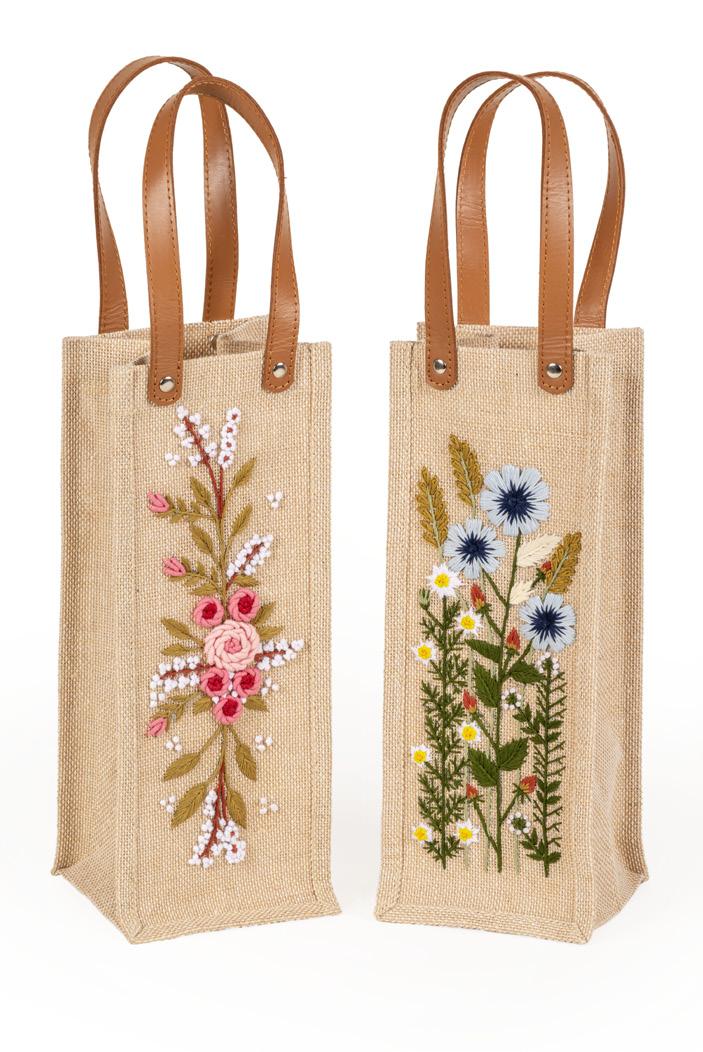
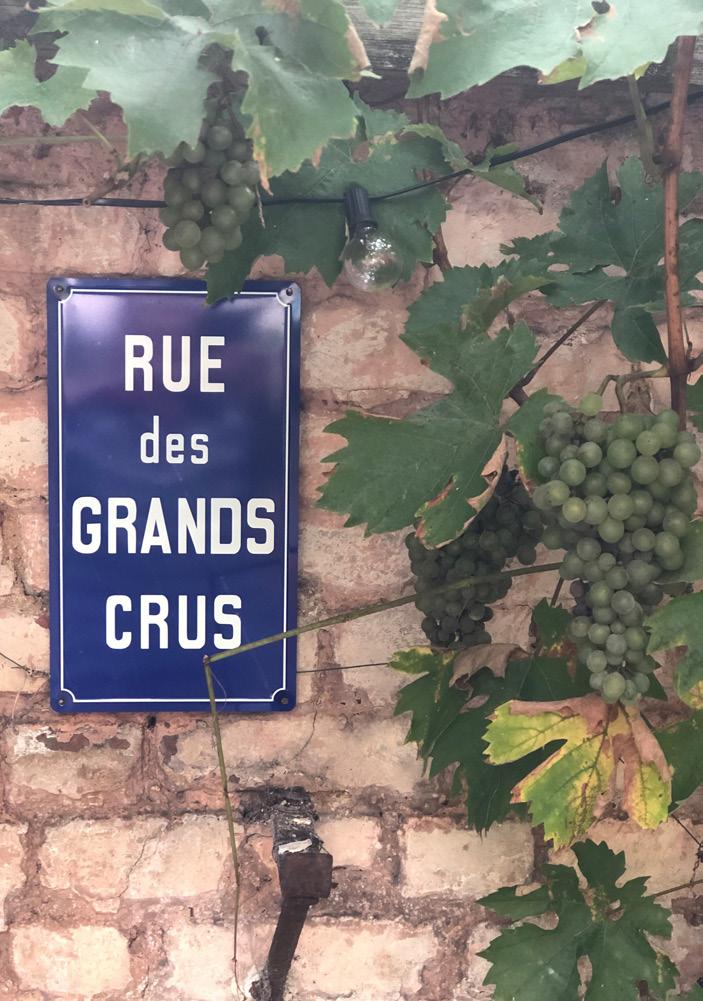
Most popular
As summer hits I always look towards lighter styles of wine that complement and reflect what's happening in the kitchen. England has an abundance of produce this time of year and it’s always an exciting time to see what comes through the doors.
Generous sage leaves drenched in flour and fried to an ethereal crispness have been providing great herbaceous crunch to complement a 10-day skin macerated Chenin Blanc from South Africa. Citrus and orchard fruit give way to gentle acidity and an earthy finish that matches with the sage. It’s complex and structured but incredibly drinkable.
Right now, customers are loving the octopus dish that the head chef of Bench, Hannah Hall, has created. Championing the Cornish caught octopus, it is grilled on an open flame and served with red pepper tapenade. Reminiscent of similar dishes I’ve had in northern Spain, it’s giving big Galician energy. An Albariño is a no brainer, but here I’ve opted for a chilled red, a Mencia from Bierzo. Full of vibrant red fruits with a good acidity and lighter tannins, it cuts through the richness of the octopus but is still subtle enough not to overpower. A perfect and popular pairing.
In a death row, last-meal situation I’m probably going to opt for a big fat roasted chicken, some fries and a magnum of Montrachet. Over and out – see you later, suckers!
But given it’s not my last day on earth, a pairing I come back to time and time again that excites and entices is a Thai Larb and a glass of Riesling. Spicy, savoury, citrusy, salty, aromatic could all be relevant descriptors for either of these components. An off-dry Riesling bursting with citrus, lemon grass and tropical notes, a touch of ginger and a whiff of petrol works harmoniously with a crisp acidity and a low abv to showcase the intensity of aromatic flavours and textures of the Larb. After a long day at work, stood at the kitchen counter, eat this straight from the pan, glass in hand. There's a real joy in discovering the way these flavour components marry. A flavour assault on the senses. Soulmates writing love letters to each other. A perfect match for the dynamic profile of Riesling.

Five indies tell us about the wine pairings that go down best with their customers – and which ones they personally love
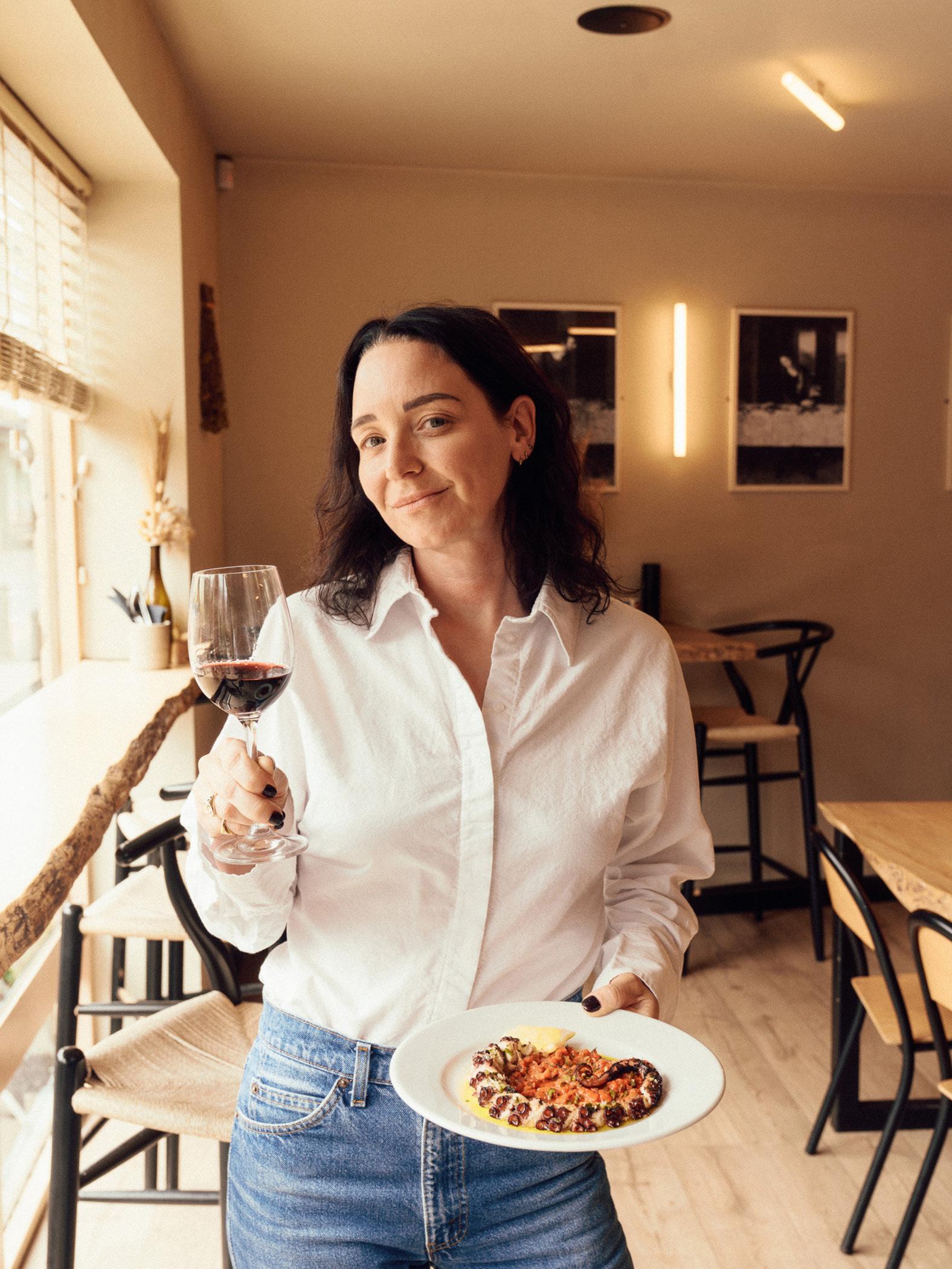
Provisions, north London
Most popular
We are quite lucky to be sourcing and selling a large selection of salted goods like cheese and charcuterie, which are perfect enhancers of wine, particularly white wine. I would say that a chalky, slightly acidic and salty goat cheese like Crottin de Chavignol pairs really nicely with saline Trebbiano like the ones from Francesco Cirelli in high-altitude Abruzzo. The cheese really enhances the acidity of the wine and provides a really refreshing drinking experience.
Personal favourite
I love spicy food, and I also have a love for lighter, aromatic reds. One pairing that works very well is a rich, tomato-led ragù of fregola, cuttlefish and Nduja paired with a lightly extracted Grenache from the south of France, ideally a little chilled to tackle the heat from the dish. Clos des Grillons Calcaire Rouge from just outside Tavel would be a great companion to this: very perfumed from old Grenache vines on chalky soils.


Most popular
We are all about the cheese! With our customers, the most popular pairing is our Fabulas Farae Montepulciano d’Abruzzo and Gorgonzola Dolce DOP topped with local honeycomb. Fabulas Estate is set in the Majella national park, 600m above sea level. The range of seven wines produced by Fabulas is said to represent the legend of the seven female warriors called the Majellane. We love how this food-friendly organic red has plenty of character with smooth tannins and a long mouth feel. Red fruits, sweet spice and bitter chocolate give a full flavour. It pairs beautifully with the creamy, luxuriousness of the Gorgonzola DOP.
Personal favourite
A tricky question as we have so many delicious wines and cheese in the shop!
Julie: After all this warm, sunny weather we’ve had, I’ve chosen a Chablis from Domaine Fevre and Baron Bigod. The wine has had little intervention from the makers, husband and wife duo Gilles and Nathalie. It is crisp, full and has great minerality. The subtle fruit flavours and high acidity make it such a versatile wine. It pairs so well with this creamy, buttery brie-style cheese from Suffolk. I love some
fresh pear alongside too.
Lorna: I’m really enjoying our refreshing and vibrant Picpoul de Pinet, from Marc Cabrol at Domaine des Lauriers in Languedoc. Marc and his team are dedicated to sustainable viticulture, producing small batch, low intervention wines. This Picpoul, with its fresh notes of citrus and green apple, is just the best partner for our local Elrick log goat’s cheese, from Errington’s Dairy. This fresh, creamy, lactic-style cheese is award winning and in my eyes one of the best around.

Blas Ar Fwyd, Llanrwst, north Wales
Most popular
We do a lot of wine tastings at Blas ar Fwyd in our Y Siop Win, especially after rebuilding following a flood in 2020. We tend to prepare a meal to match the wine area or country that we’re tasting at the event. Sometimes we get a party wanting a full meal in the space. This year we’ve had a group of Americans and an English wine society wanting a Welsh experience. For both those parties the favourite wine pairing was White Castle Regent Barrel 48 2020 paired with our roast shoulder of Welsh lamb.
Personal favourite
I really enjoy a huge variety of food and wine so it’s impossible to call one of all time, but I can tell you of some that I’ve found to be fantastic pairings.
Lunch with Filipa Pato in Bairrada last September was Filipa Pato Post Quercus Baga 2023 perfectly paired with roast suckling pig.
A favourite grape of mine is Cabernet Franc, and a favourite pairing is braised rabbit cannelloni, black pudding, mustard and pickled cabbage with Domaine Fabien Duveau Saumur Champigny Les Menais 2022.
Finally, a favourite pairing for me just recently has been simply Domaine Guillaman Colombard Sauvignon 2024 with the fantastic sunny weather we’ve had in Wales this year.


Most popular
Call it cliché, but I’d have to say our most popular wine pairing in the shop is steak and a red. For example, Orin Swift’s 2020 Machete with our 8oz picanha steak, served with leeks, broad beans and pine nuts. The Machete is bold, rich and unapologetically powerful. It’s full of dark fruit, spice and velvety tannins, which makes it a perfect match for the deep, beefy flavour of the picanha cut. The wine’s intensity complements the richness of the meat beautifully, while its smooth finish and subtle oak notes integrate seamlessly with the sweetness of the leeks and the earthy nuttiness of the pine nuts. It’s a pairing that brings drama, depth and a real sense of indulgence to the table.
Personal favourite
One of my favourite pairings of all time
is from a recent visit to Estelle Manor for a Château Palmer tasting with Berry Bros & Rudd. I had their 2017 Alter Ego, and it was served with a seven-year-aged saffron acquerello rice, with bone marrow cromesquis and griolles.
The Alter Ego was elegant yet structured, with layers of dark berries, floral notes and a refined mineral edge. The richness and silkiness of the rice, elevated by the deep umami of bone marrow and the earthy depth of girolles, called for a wine with both finesse and presence, and the Alter Ego delivered exactly that. Its freshness lifted the dish, while its supple tannins and savoury undertones mirrored the complexity on the plate. A memorable evening for sure!
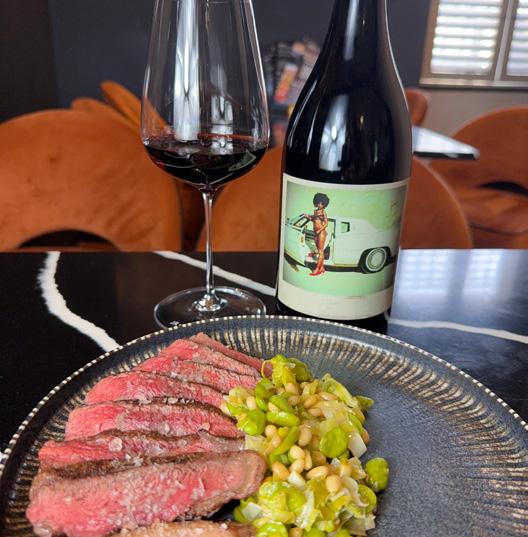


Reporting back on a trip to Santa Tresa and Azienda Agricola Cortese in Sicily, where Stefano Girelli is striving to preserve a special terroir, producing special wines
Making organic wines in Sicily is what Stefano Girelli was seemingly born to do. As he leads us through his Santa Tresa and Azienda Agricola Cortese vineyards, the smile never leaves his face. He’s proud of what’s been achieved here.
Stefano is from Trento in the north of Italy, and started his Sicilian project in 2001. “This region really has the best weather conditions to grow organic grapes easily and consistently,” he says. “Believe me, Sicily could be 100% organic.”
The two estates are neighbours in the south east of the island, north of Vittoria. It’s a landscape of sandy red soils (with more rocks and clay at Cortese), a striking contrast to the vibrant green vines that appear just as vigorous and energised as Stefano himself. But it takes a lot of effort to keep them so healthy.
The vines can only survive thanks to drip
irrigation, which made life particularly difficult in 2024 when the local authority turned off the water supply in the middle of a drought and didn’t turn it on again for five weeks. Sunburn had already destroyed much of the crop; July temperatures are now 2˚C above the historic average.
In 2023, mildew was a problem. Climate change has meant that rainfall is no longer confined to winter, and downpours can occur as late as May, a critical month for flowering.
Stefano can’t control the weather, but he is investing in his own private water
Stefano and his team are experimenting with vine varieties that have almost disappeared from modern viticulture
supply, and working more diligently on canopy management. Fava beans are grown between vines and then mulched back into the ground to help the soil remain moist.
Copper and sulphur spraying is allowed, but it’s done sparingly. “One thing about being organic is you have to go into your vineyard every single day,” says Stefano. “So we just treat the area that we know is affected, not the whole vineyard. That way we actually use much less copper and sulphur.”
Santa Tresa is something of a wildlife haven and Stefano intends to keep it that way. Rabbits are in evidence everywhere and the hawks overhead are fully aware of this fact. Insect life is encouraged. “They’re all part of biodiversity and that’s vital for us,” says Stefano.
“By planting trees and encouraging biodiversity the land will take care of itself.

By doing all this we hope we don’t become a desert in 10 years’ time.”
Another way that Stefano and his team are hoping to future-proof their business is by experimenting with vine varieties that have almost disappeared from modern viticulture.
At Santa Tresa there are rows of such cultivars, planted in partnership with the University of Palermo. Stefano describes this section of the estate as “a beautiful playground”.
One variety here, Orisi, had dwindled to just 16 plants. But it’s been nurtured back to more than 1,500 working vines, proving to be not just vigorous but remarkably resistant to heat. The wines it produces are intense but fresh: we pair one with pork fillet with a liquorice reduction, and it’s a highlight of the trip. An additional 1.5ha is being planted.
There are four different phenotypes of Nero d’Avola on the site, three types of Catarratto, and several names that aren’t familiar at all.
“Maybe we won’t grow everything, but everything is available for study,” says Stefano. “It’s something that I believe is very important and it’s our responsibility to keep going. It’s an incredible treasury of Sicilian typicity.”
Santa Tresa is also participating in
experiments involving the crossing of European and American rootstocks to create more drought-resistant vines. It’s a challenge that Stefano compares with the battle against phylloxera in the late 19th century.
The changing climate presents huge challenges for everyone in the supply chain and Stefano is determined that, if pain is being shared around, so should the rewards.
“We need to make sure that we create a business that is good for the consumer, the retailers, the producer – all the supply chain,” he says.
“Believe me, four years ago in Sicily there were growers who were not making enough money to pick their crop, and so they left the grapes on the vine. And I don’t think this is right.”
The Wine People – the parent company of Santa Tresa and Cortese – has developed deep relationships with the growers it
works with in Sicily, and indeed across Italy.
“Because we’ve always been there, every year, we have privileged access to the production they have,” he says. “When the harvest was 50% down, I told them ‘I can’t pay you twice as much’. But I didn’t try to take advantage. I paid more for grapes.
“It’s an important relationship, and hopefully the wines show why. Because we have first access to grapes, we can decide what to do with them and when to pick.”
In a hot climate, these decisions are crucial, and can make the difference between a wine that is flabby and lacking in character and one that is full of freshness and complexity.
“We want wines that have a personality,” says Stefano. “Coming from the north, I think we brought a little bit of our culture, not only structure and body, but acidity and balance, which is very important.”
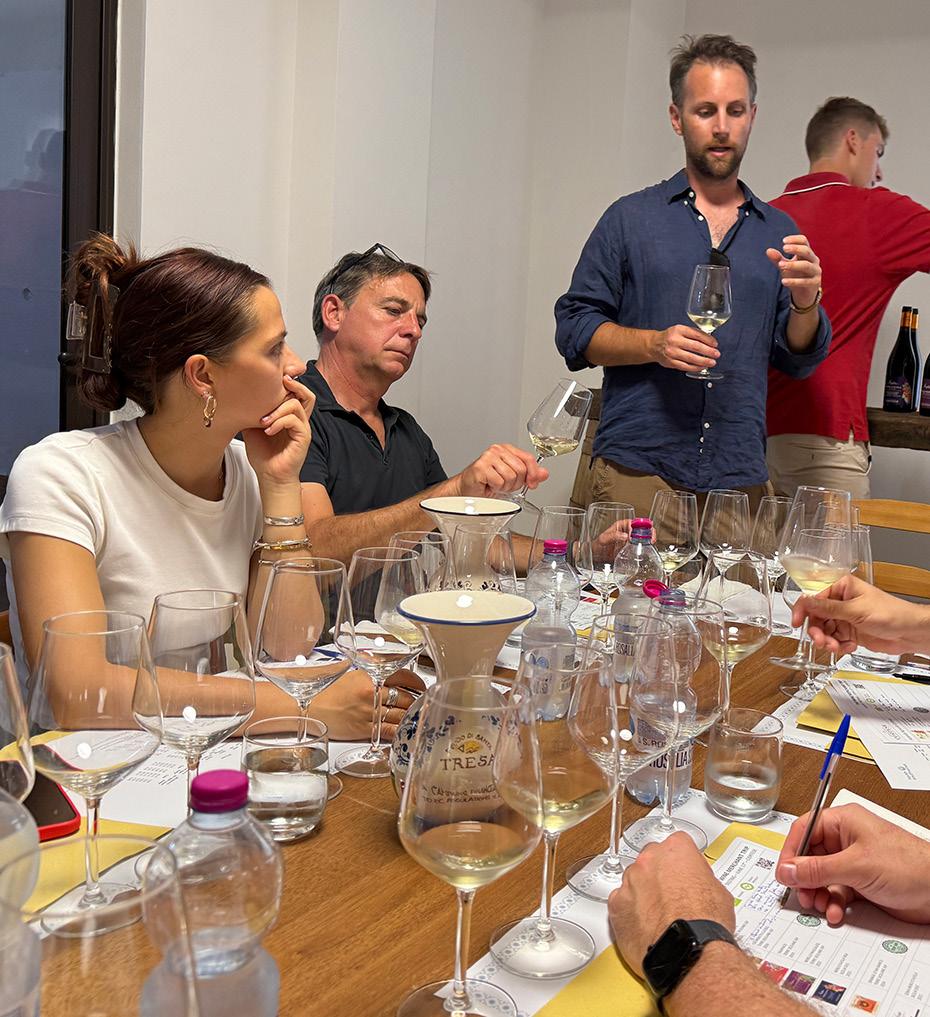

Emily Johnson
Grape Minds, Summertown, Oxford
The main takeaway from both wineries –and something that stood out throughout the trip – was their unwavering attention to detail, particularly in their biodynamic and low-intervention practices.
Stefano and his team clearly prioritise a hands-off approach to winemaking, allowing the wines to reflect their true terroir. And his respect for indigenous grapes of Sicily like Carricante, Catarratto and Grillo mean that his wines are a true reflection of authentic Sicilian winemaking.
Daniel Williams
The Bottle Shops, Cardiff
It was clear they had a vision for how they wanted to conduct business from an ethical and environmental perspective and they were obviously communicating that to their growers: the proof was in the pudding, so to speak. That clarity and sense of purpose was evident across all the wines and ranges we tried. It felt like everything had a guiding hand on it and made me trust the vision and the range more.
Patrick Rohde
Aitken Wines, Dundee
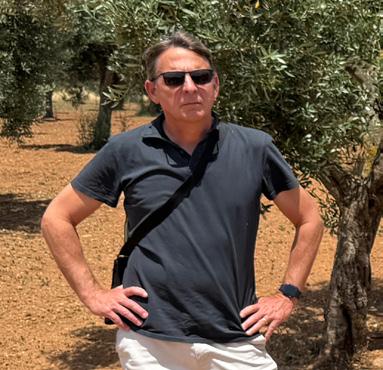
Stefano and his team are doing a great job and their hospitality was second to none. There is a very bright future for these wines on my shelves and in the bar too.
Il Grillo Vino Spumante Brut and Il Frappato Vino Spumante Brut
Patrick Rohde has already ordered these wines: “both great Prosecco upgrades, the first of which has real commercial value in my shop and the second in my wine bar,” he says.

Cerasuolo di Vittoria DOCG 2022
“I loved the wine and the concept,” says Patrick. “I see this as a real USP for the Vittoria region, combining the reliable and well-known Nero d’Avola with the lesser-known but definitely up-and-coming brighter and lighter Frappato, resulting in a silky, fresh style with some depth and spice thrown in.”
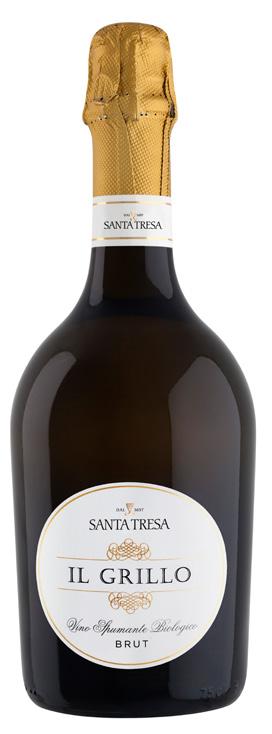
Emily Johnson at Grape Minds also selects this wine as a favourite. “It offers a lovely combination of red and black fruit, minerality and soft, silky tannins,” she says. “It’s the kind of wine I think anyone would enjoy – it strikes a perfect balance between fruitforward character and elegance.”
On our first night we pair the wine, slightly chilled, with seared tuna. “Genius” is the verdict of Ed Clarke of DBM Wines, and he seems to speak for the group.
Rina Ianca Grillo Viognier DOC
Another highlight of the trip, according to Ed Clarke. Stefano says: “It has a lot of saltiness but also Mediterranean herbs and white fruit, which is typical of the area, and tropical aromas.”


“I was very impressed with the whole Miopasso range from Sicily – in particular the Grillo, Pinot Grigio and Nero d’Avola,” says Ed Clarke. “The Pinot Grigio is one of the best I’ve tasted at the price point.”
Patrick adds: “The Miopasso Pinot Grigio was a real revelation to me, having been under the impression that the great Pinot Grigios only come from parts of Italy like Friuli and Alto Aldige. This was both expressive and textured and represented great value for money. I’ve ordered this in!
“The Fiano, Grillo and Grillo Appassimento were also of note in this range, as were the Nero d'Avola and Primitivo in fact. Good wines, presentation and pricing.”
Vita Libera is a range of alcohol-free wines. The red, made from Primitivo, was a big hit with the group. “This caught everyone off guard, I think,” says Chris Goldman. “It was the closest non-alcoholic red I’ve tasted to the real thing that I’ve tried.”
Nostru Frappato Terre Siciliane IGP 2024
Daniel Williams of The Bottle Shops picks this as a highlight. “I was genuinely struck by the freshness … it had a balance and body that stood up to chilling, and dare I say improved rather than shut down. It’s definitely one I will look to list.”

Emily Johnson adds: “We had the chance to taste it both with and without food, which really showcased its versatility. The vibrant, soft red fruit made it perfect as an aperitif, and when chilled the wine’s structure and fruit were even more pronounced, making it an excellent food pairing.”

Along with the Cerasuolo di Vittoria from Santa Tresa, this was a standout wine for Chris Goldman at Hennings. “They both exude such freshness and vitality, which is something we’ve found customers are really clamouring for, especially in the summer months,” he says.
Nostru Carricante Terre Siciliane IGP 2024
“One of my current ‘take home’ wines made from a lesser-known Etna grape,” says Patrick. “Bright, fresh and flavoursome, with hints of orange blossom and apricot.”
Boscopiano Frappato Terre Siciliane IGP 2020

“A wine that really surprised me,” says Emily. “A single-vineyard and very lowyield Frappato. It was the creamiest and most elegant example I’ve tasted, with an incredibly pure fruit profile. It stood out as a very sophisticated expression, showing the finesse this variety is capable of.”

Orange-Utan Bianco Terre Siciliane IGP 2024
“Already doing well on our shelves as the perfect ‘starter’ orange wine for the hipster crowd,” says Patrick. “Not too funky, superapproachable and an interesting Inzolia/Zibibbo blend.”
Vanedda Bianco Terre Siciliane IGP
“We were treated to a vertical tasting of what is one of Cortese’s flagship wines: a Catarratto and Grillo blend fermented on skins – so, orange wine but without oxidation,” says Patrick. “The vintages 2017, 2018, 2020 and 2022 all display very different characteristics. The 2017 is still tasting bright and youthful but with exceptional concentration of flavours.”
Chris Goldman found the vertical fascinating. “The 2020 was especially good and was a real glimpse into how ageworthy these Sicilian wines can be,” he says.
Ed Clarke DBM Wines, Bristol
I think what they are doing on both estates is really championing Sicily by using modern technology and know-how to show great wines, with food being a key factor. I really liked how we matched so many wines with food at dinner.
Seeing the two different soil types emphasised that there is a point of difference. I thought the “nursery” at Santa Tresa was very interesting. Their passion for this project was infectious.

Stefano’s desire for us to understand Sicily, the culture, food and wine was so endearing.
Chris Goldman Hennings, West Sussex
The overriding impression I got from Stefano and his team was of real passion and love – not just for the wines but their sense of place and their stewardship of that place. Even for a non-Sicilian he seems to show far greater care and enthusiasm for the land they work than many others.

There is a real eye to the future, and that was demonstrated by the way in which they’re trialling new varieties en masse and getting them up to production-level wines at pace. The fact that Stefano is associated with North South does speak of how North South’s B Corp values really match up with Stefano’s and this really does show in the wines, the places and the people that we came across.

Thanks to The Wine People for financing our visit
All wines are available in the UK from North South Wines

I think new oak is problematic. But am I barking up the wrong tree?
An opportunity to taste more than 150 wines from the Alliance range, which has taken on an extra dimension in recent times following the acquisition of H2Vin.
Attendees can dive deeper into wine trade trends and insights at one of the masterclasses.
Recently I’ve started to become a bitter fundamentalist when it comes to new oak – perhaps to the detriment of pleasure, in some cases.
But I increasingly stand behind the belief that new wood, in any circumstance, is a hindrance. Not because new wood can’t make a wine better – it can, and often does – but because new wood inevitably takes a level of purity, transparency and honesty away from wine.
Don’t get me wrong, I have crippling moments of uncertainty with this stance, especially when I taste perfectly-crafted wines that use new oak as a mechanism for reaching the peak of quality. But I guess the whole point of my fascist stance is that I’m willing to sacrifice out-and-out quality for clarity if needs be.
And then there’s the argument of longevity. New oak is often a cradle for long-lived wines: wines that are built to be untouchable for the foreseeable future but monumental in their prime. Yes, those wines may be enormously satisfying in 15 or 20 years, but at that point are you really tasting the place of origin, or the time passed? Perhaps it’s not as black and white
The whole point of my fascist stance is that I’m willing to sacrifice outand-out quality for clarity if needs be

as that; you’re likely to be tasting both. But regardless of that, it’s still a concession on purity, something I’m finding more and more difficult to accept.
And is it even necessary for that wood to be new, anyway? With its flavour imparting ego, and a handsome price tag, and given that many of Italy’s most prestigious, ageworthy reds don’t see even a kiss of new oak, opting instead for much older, large format oak or concrete, I’d say not.
I do sometimes wish I’d come back to the centre ground: be a little more liberal, a little less obsessive and just applaud wine for wanting to be the best at all costs. Perhaps part of transparency derives from the evidence of human touch. Is a wine that hides all signs of human fingerprint really transparent? I suppose wine is a human product, after all.
Registration: bit.ly/AW-autumn-tasting.
Monday, September 8 OXO2
Oxo Tower Wharf, Barge House Street London SE1 9PH
Bringing together 350 wines and 80 producers, this promises to be an even bigger event than last year in a larger central London location.
The tasting offers the chance to meet winemakers, visit themed tasting tables and attend terroir-focused masterclasses covering seven regions of the UK. The trophy winners from this year’s WineGB awards (more still wines than sparkling) will be on taste.
Contact tradetasting@winegb.co.uk.
Monday, September 8
8 Northumberland Avenue London WC2N 5BY
A tasting of 2024 Rieslings and 2023 reds and a chance to meet their producers.
The Ripley Wines team says of the whites: “If you love vintages like 2021, 2016, or 2008, this one is for you.” The reds are described as “juicy, silky, and incredibly drinkable now, with all the structure to age gracefully”.
Also on show will be new releases from Weingut Joh Jos Prüm as well as a large collection of premium wines featuring at this year’s VDP Auctions. Contact emily.jackson@ripleywines.com.
Tuesday, September 9
St Bride Foundation 14 Bride Lane
London EC4Y 8EQ
At this indie-focused tasting the Hatch team will showcase wines from 10 countries spanning 25 of their exclusive premium brands.
Highlights include an intimate masterclass with winemaking trailblazer Larry Cherubino along with the return of the blind tasting challenge famed for testing knowledge and palate.
For more information and to register contact events@hatch.co.uk.
Monday, September 15
IOD, 116 Pall Mall
London SW1Y 5ED
The Specialist Independent Trade Tasting claims to be the largest event aimed specifically at independents.
For more information and to register visit sittastings.com.
Monday, September 15
Royal Horticultural Halls
The Lindley Hall
80 Vincent Square
London SW1P 2PB
Wednesday, September 17 etc.venues
11 Portland Street
Manchester M1 3HU
Leading importers each present up to 18 wines, with a focus on France, Italy, eastern Europe and South America.
The tasting is hosted by Basket Press Wines, Special Cases, Vin de Vie and Vinos Latinos. Email caroline@vindevie.co.uk.
Monday, September 15
Wild by Tart
3-4 Eccleston Yards
London SW1W 9AZ
Maisons Marques et Domaines’ highlights include Cristal, Castillo Ygay, Ornellaia, Siepi, Tenuta Luce and Diamond Creek, among others. Contact luke.williams@mmdltd.co.uk.
Tuesday, September 16
Wild by Tart
3-4 Eccleston Yards
London SW1W 9AZ
These regional tastings, themed specifically for the independent trade, will celebrate many new additions to the Boutinot portfolio.
Peter Lehmann Wines joins the Boutinot fold with winemaker and native Barossan Brett Schutz is flying in to make an appearance.
Other highlights include the introduction of Pisano Family Wines from Uruguay and new Italian producer Gradis’ciutta, alongside a host of visiting winemakers and representatives from the core portfolio.
To register for any of the tastings, contact your account manager or email wine@ boutinot.com.
Thursday, September 18
Dovecot Studios 10 Infirmary Street
Edinburgh EH1 1LT
Monday, September 22
Halle St Peter’s 40 Blossom Street Ancoats
Manchester M4 6BF
Tuesday, September 23
St Mary’s Church Wyndham Place, York Street London W1H 1PQ


Bancroft is promising “crowd-pleasing classics, hidden gems, overlooked regions and everything in between”.
Attending producers include Wilhelm Joubert of Hartenberg Wine Estate, Weingut Von Buhl (Pfalz), Castellare di Castellina (Chianti Classico) and Feudi del Pisciotto (Sicily).
A producer from Yarra Valley is joining the Bancroft family and will be revealed on the day.
Register via Eventbrite.
Monday, September 22
Great Scotland Yard Hotel 3-5 Great Scotland Yard
London SW1A 2HN
Six specialist indie suppliers join forces for another two-date edition of this popular tasting.
They are Awin Barratt Siegel Wine Agencies, Hayward Bros, Marta Vine, Moreno, North South Wines and RAKQ.
Scan the QR code for registration.
Monday, September 22
People’s History Museum
Manchester M3 3ER
Wednesday, September 24
The Crypt on the Green London EC1R 0EA
These events will see “The Grape Unveiling” of more 130 wines new to the portfolio.
Joining the team to introduce the wines will be 15 producers who have recently joined the Hallgarten family.
For more information and to register contact sarah.charlwood@hnwines.co.uk.
Tuesday, September 16
Citation
40 Wilson Street Glasgow G1 1HD
Wednesday, September 17
The Castlefield Room 18-20 Castle Street Manchester M3 4LZ
Tuesday, September 23 OXO2
Oxo Tower Wharf, Barge House Street Level 2 London SE1 9PH
Monday, September 29
University Arms Hotel 52-42 Regents Street Cambridge CB2 1AD
Both the London and Edinburgh events “will offer a fantastic opportunity to taste around 650 wines, arranged by style, variety and price, ahead of the festive season,” according to Liberty. Contact events@libertywines.co.uk.
Tuesday, September 16
London venue
Monday, September 22
Edinburgh venue
London’s newest wine bar and shop hosts its first trade event.
The session will cover “the origin, history and sustainability of Garnacha, and attendees will experience the diversity and versatility of its flavours”.
Email office@courtyardwinecellars.com.
Thursday, September 18
Courtyard Wine Cellars 17 The Marketplace London WC2E 8RB

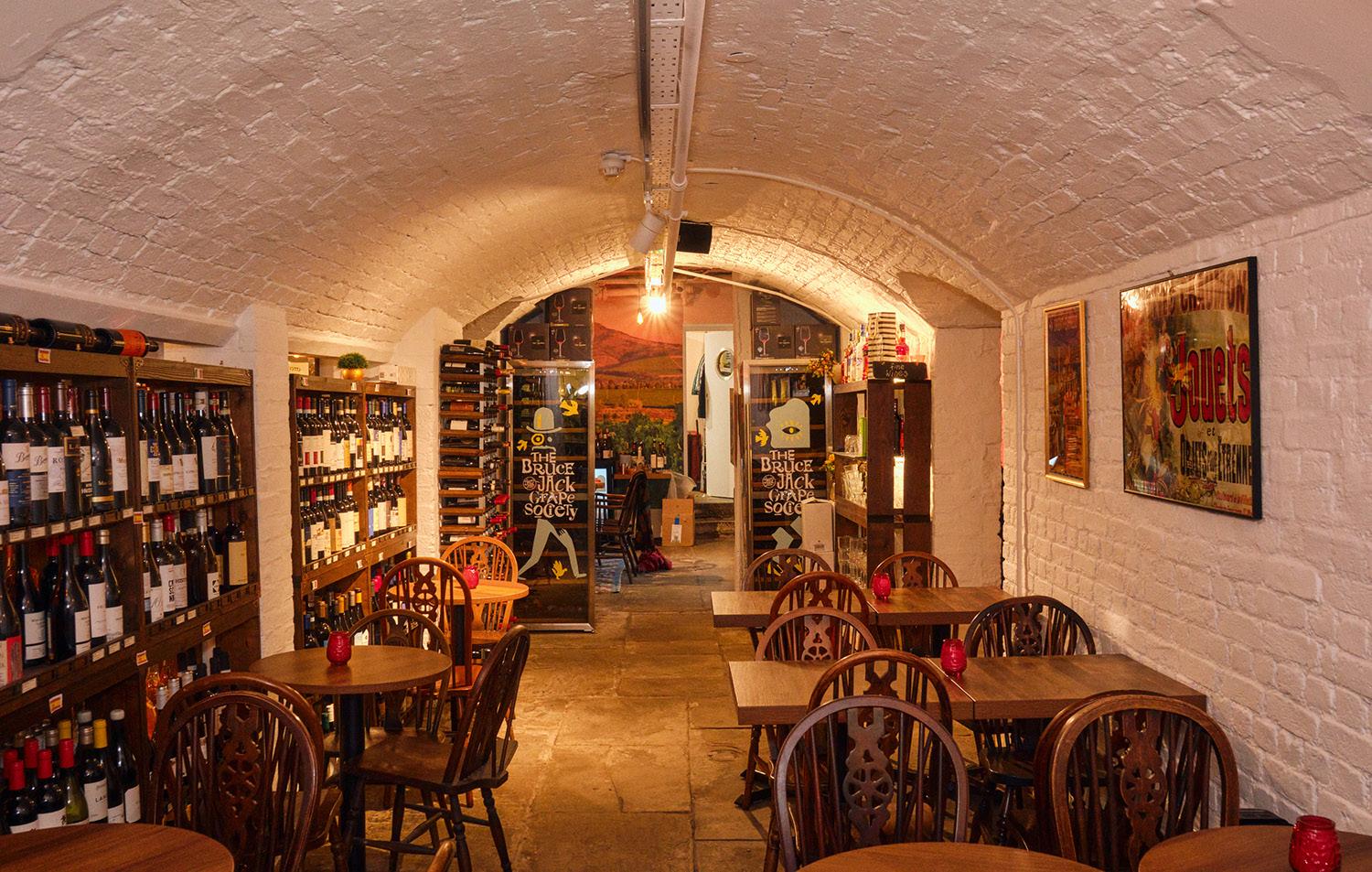
With a focus on family growers, there will be 100 premium, artisanal wines to taste at these regional tastings.
Producers will travel from France, Italy, Spain, Portugal, Greece, California and Argentina to pour their wines, with highlights including Lucie Thiéblemont, Grosbois, Vieux Télégraphe, Quinta de la Rosa, Lyrarakis, Champagne Paul Déthune, Iria Otero, Turley Wine Cellars, Argiano, Durigutti, Le Soula, Vincent Girardin and many more.
For more information and to register contact vanessa@thormanhunt.co.uk.
Monday, September 22
67 Pall Mall
London SW1Y 5ED
Tuesday, September 30 Paintworks
Bath Road, Arno’s Vale Bristol BS4 3EH
Tuesday, September 30 Salut Wines
11 Cooper Street Manchester M2 2FW
The team at Bancroft Wines invite indies to think forward to their winter offering at this tasting featuring 100+ wines across their range.
There will also be the chance to meet several producers new to the portfolio. Email hvansusteren@bancroftwines.com.
Monday, September 22
Great Scotland Yard Hotel
3-5 Great Scotland Yard London SW1A 2HN
The two suppliers combine their portfolios for this London date. London-based Clark Foyster is a trailblazer for Austrian wines and Yapp is best known for its French portfolio. But both importers have a roster that ventures far beyond these core specialisms. Register by emailing sales@cfwines. co.uk.
Monday, September 22
The Swiss Church 79 Endell Street
London WC2H 9DY
To request a place at this tasting email nancy@indigowine.com.
Monday, September 22
The Henrietta Experimental 14-15 Henrietta Street London WC2E 8PS
A tasting of 250 wines from England, Italy, South Africa, France, Spain, Portugal, Austria, Hungary, Bulgaria, Germany, Argentina, Australia and New Zealand.
For registration, contact robin@swig. co.uk.
Tuesday, September 23
The Crypt on the Green 45 Clerkenwell Green London EC1R 0EA
A tasting to celebrate Cava de Guarda Superior and a historic milestone for DO Cava, as its premium category officially becomes fully organic.
This free-pour event will include a tasting of both established wines already on the market and new labels seeking distribution with several Cava de Paraje Calificado wines on show.
To request a place at this tasting email aloisel@hopscotchgroupe.com.
Wednesday, September 24 Carousel 19-23 Charlotte Street London W1T 1RW
Condor Wines teams up with Amanda Barnes MW to introduce online guests to wines that demonstrate “excellence across the Andes”.
Matías Macías of Falasco Wines and Murco Puyo of Viña Dagaz will talk guests through some of their wines, supplied to attendees in sample sizes.
Register at events@condorwines.co.uk.
Thursday, September 25 Online event
Registration can be requested by emailing ej.bailey@enotriacoe.com.
Monday, September 29
The Brewery 52 Chiswell Street London EC1Y 4SD
A tasting showcasing a selection of new wines, new vintages, and some of all-time favourites from England, Champagne, Alsace, Loire, Burgundy, Beaujolais, Bordeaux, Madiran, Rhône, New Zealand, Italy, Spain, Portugal, Cyprus and Lebanon.
Registration: violaine@halo-wines.co.uk.
Tuesday, September 30
Elysee Restaurant 13 Percy Street
London W1T 1DP
Join the Graft team for their portfolio tasting of 100 wines from across their portfolio.
The line-up includes big names including Ministry of Clouds and Clos Cibonne plus new additions like Granville Wines from Oregon, Domaine Coursodon from the Rhône and Moschopolis from Greece. Contact jenny@graftwine.co.uk.
Tuesday, September 30
Wild by Tart
3-4 Eccleston Yards
London SW1W 9AZ

Answers to questions on page 21
1. (a) Cornwall (for Camel Valley’s Darnibole)
2. Champagne Krug in 1843 (Charles Krug started in 1861)
3. As Ever
4. Citrusdal Mountain; Paarl; Elgin
5. Symposium
The ABS team will be pouring the premium wines of the portfolio and introducing fresh vintages and new producers.
This year they welcome several growers for the first time, including Michael Regnaud of Château La Tuilerie du Puy (France) Marcelo Pino from Casa Silva (Chile) and Robert Weil of Weingut Robert Weil (Germany) alongside familiar names, with a strong representation from new world producers. Many of the European growers will be attending in person. Registration can be requested by emailing lesley@abs.wine.
Tuesday, September 30
Draper’s Hall
Throgmorton Street
London EC2N 2DQ
The London-based agency business hosts its Bristol event. Registration via tim@ richmondwineagencies.com.
Tuesday, September 30
Paintworks
Bath Road, Arno’s Vale
Bristol BS4 3EH
In this exclusive Wine Merchant mini-series Sunny Hodge, author of The Cynic’s Guide to Wine, extrapolates a single topic from each chapter of his book.
The book lays out the scientific connections in wine, from soil to fruit to glass, and onwards to our own sensory perception. It references the latest in soil science, viticulture, microbiology and neuroscience to present wine professionals and experts, ensuring what we say about wine is technically and scientifically correct.
The stars of the show in wine are all too often the winemaker, the grapes, terroir or vintage. How often do we stop to think about the true workhorse of fermentation?
Saccharomyces cerevisiae is that very “main character” yeast which allows us to turn grape juice into wine.
There’s more genetic diversity in a simple yeast species like Saccharomyces cerevisiae than there is in our own species. A yeast is a bundle of enzymes; these are the internal workings that transform the flavours of grape juice into wine. Different strains of yeasts will contain different sets of enzymes which’ll send your wine on a different flavour pathway.
Winemakers can do all sorts to their style of wine through the use of carefully selected yeast strains, producing more fruity esters in their wine if so desired or creating more of that oh-so-trendy minerality we’re all craving.
By understanding what makes our yeast tick, we may be able to fathom and predict how it influences our wine.
Firstly, yeasts and people share a couple of crucial interests. We both require a food source (sugars), we both require oxygen, and we all need a bit of warmth for us to

be performing at our best. In addition to our wants, we both share the same gassy output, CO2.
When a yeast has access to oxygen, like us it thrives. It’ll break down sugars completely, deriving the most energy from its food and will often invest its energy into multiplying itself or releasing oxidative byproducts like bruised-apple-smelling acetaldehyde, or fenugreek-tasting sotolon compounds.
It’s rarely what we want in wine, but there are exceptions, like in sherry making, or vin jaune, where the use of specially adapted floating yeasts (flor) are valued

for these very reasons.
One thing that yeasts can do, that people can’t, is live in micro-oxidative environments. We’d simply suffocate. When a yeast is wetted in fermentation, it sinks. When below grape juice level, it switches to an anaerobic state that allows it to live, eat and breathe another day. This inefficient under-liquid state involves very low amounts of oxygen. A yeast will struggle to muster the energy to break down its sugar source fully but will take enough energy to keep it alive. The leftover bits of this partial sugar breakdown happen to be ethanol. Eureka –we have wine!
In addition to sugars, yeast also needs micronutrients in the same way we require a good balance of nutrients. A lack of vital nitrogen or oxygen, for example, could create unwanted eggy or sulphuric flavours in a wine. We often refer to this fault as reduction.
The more we get to know our yeast, the better we can understand our wine. But they’re not the only microbes at play in a ferment.
Follow @sunnyhodgewine on Instagram for more handy wine science facts.
The Cynic’s Guide to Wine is available online at Waterstones, Amazon, Academie du Vin Library and all good book retailers.
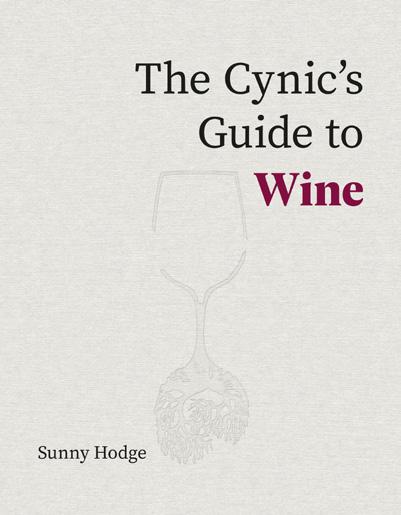
A
dive
and

– and some Priorat thrown in too
The first book I bought in the Classic Wine Library series was Richard Mayson’s Port and the Douro. I used to read it in restaurants around Covent Garden and Trafalgar Square when I was preparing for the fortified wines paper of the WSET Diploma.
It was a book I enjoyed immensely, port being one of my favourite wines as well as the one which had provoked my worst hangover. The book is now somewhere in Italy, never to be seen again – a small price to pay for an unforgettable time.
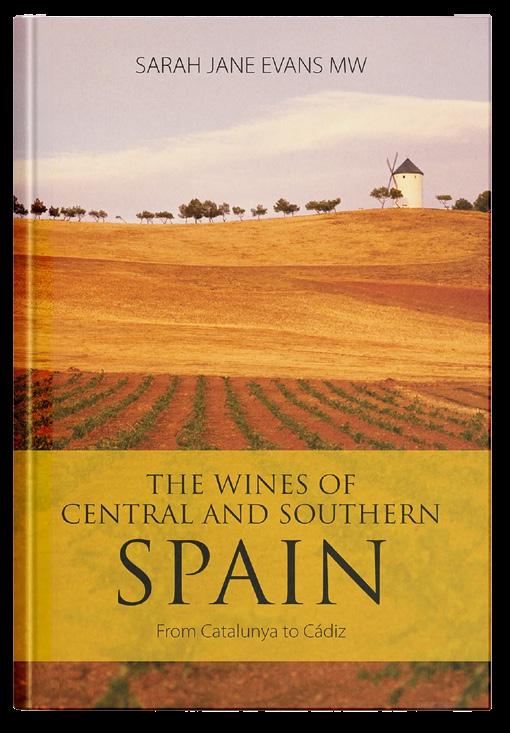
Since then I have read many of the books which followed Richard Mayson’s fine work, the latest being The Wines of Central and Southern Spain by Sarah Jane Evans, a Master of Wine and an authority on Spain. I was excited to read this, for I have travelled widely in Spain and like many of the wines a lot.
This follow-up to 2018’s The Wines of Northern Spain is divided into six sections,
I was pleased to read that Evans shares my feelings about Macabeo, deeming it a ‘too-often plodding’ grape
starting with Catalonia. The writer notes that although this region “sits in northern Spain, its history and character is altogether Mediterranean”. Hence its presence in the book. I’m not particularly interested in Catalan wines, but I make an exception for Priorat, which can cast a spell on any lover of wine: a remote appellation of hills and mountains encircled by another, and loaded with old vines. The book’s back cover features an image of the village of Poboleda, revealing the majesty of the setting.
The section on Priorat is a microcosm of the book’s strengths and weaknesses. There is plenty of useful information and some lovely prose. The general discussion of Priorat, however, is restricted to four pages, whereas 10 are dedicated to notable producers making the wines. I think it should be the other way round. There’s so much to say about a place like Priorat. We read, for instance, that there are “12 village sub-zones” which comprise the Vi de Vila (village wine) category, but there’s very little here about them. It’s a pity, for it’s a really fascinating subject. (Admittedly, this skewing of the text in favour of producers is common to all of the titles in the Classic Wine Library series.)
A chapter is devoted to sparkling
wine. Again, it’s not a style of wine that appeals to me, but I learned a great deal. I was also pleased to read that Sarah Jane Evans shares my feelings about Macabeo, deeming it a “too-often plodding” grape. I enjoyed reading about “the heart of Spain” very much, for it’s an area whose wines receive scant attention in the UK, and it reinforced my desire to go there. Places like Extremadura and Castilla-La Mancha, both part of “España vacía” (empty Spain) hold a fascination for me. In the author’s words, La Mancha is “a remarkable landscape” where “vineyards extend as far as the eye can see”.
One of the curiosities of the wine regions in central Spain and the Levante (the focus of chapter four) is the unexpected presence of certain grapes. I learned that the aforementioned Catalan grape Macabeo, for example, is the main white grape in DOs like Manchuela and Utiel-Requena, and that Albariño has migrated south to feature in the latter. Indeed, the book is full of interesting facts: Picapoll Blanco is not the French grape Piquepoul, sweet Monsatrell is made in Alicante and Jumilla, and “a plague of spiders” brought a halt to organic production at an estate in Ribera del Guadiana in 2017.
In my opinion, sherry could be the greatest of all wines. Reading about it was somewhat chastening, though, for I realised that parts of my recent presentation about the wines were in fact incorrect! It filled me with a strong urge to return to Jerez, however, for the prospect of trying an Amontillado with an average age of 50 years at Bodegas Emilio Hidalgo left me salivating.
To sum up, The Wines of Central and Southern Spain is a very well-written work which will appeal to lovers of Spanish wine, WSET students and those planning a trip to Spain. Only one thing is missing: a chart of vintages. I will continue to rely on a rule of thumb I picked up somewhere: if the year ends in the number 3, it probably wasn’t the best vintage in Spain. Or maybe that’s Rioja.
Michael Walker is part of the team at Vino in Edinburgh
















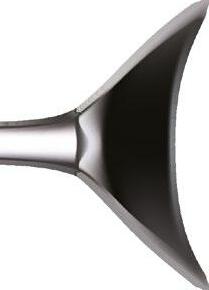

































































































WINE
28 Recreation Ground Road
Stamford Lincolnshire PE9 1EW 01780 755810
orders@abs.wine www.abs.wine

@ABSWines


12-14 Denman Street London W1D 7HJ 0207 409 7276
enquiries@louislatour.co.uk www.louislatour.co.uk

@louislatouruk




schenk family uk
Unit 5, The E Centre
Easthampstead Road
Bracknell RG12 1NF
01753 521336
info@buckingham-schenk.co.uk www.buckingham-schenk.co.uk @schenkfamilyuk

alpine wines
3 The Grove Idle, West Yorkshire BD10 9JS
0203 151 3455
Delivery UK-wide
Contact: Tim Killen
tim@alpinewine.co.uk www.alpinewines.co.uk

@alpinewines







Italian crowd-pleasers from classic regions
Valbello brings the heart of Italy to your glass with a vibrant collection of approachable red and white wines. Sourced from some of Italy’s most celebrated regions - like Veneto, Puglia, Sicily, Abruzzo, and Terre di Chieti - Valbello captures the essence of Italian winemaking in every sip.

We don’t just import fantastic wines from the ALPS –we also have some of the best Beaujolais around. Independent family run domaines Beaujolais. Beaujolais Villages and all Crus RED, ROSÉ and WHITE (PS: Ask about our sparkling Gamay)
Don’t forget BEAUJOLAIS NOUVEAU
We have a range of Beaujolais Nouveau & Villages Nouveau. Delicious wines with years of repeat success in both hybrid and indies. Available to pre-order NOW. November 20th is sooner than you think.
The Woolyard
52 Bermondsey Street
London SE1 3UD
020 7840 3600
info@mentzendorff.co.uk
www.mentzendorff.co.uk


condor wines
Henge Court
Thame OX9 2FX 07508 825 488
orders@condorwines.co.uk www.condorwines.co.uk




Condor.Wines
Condor_Wines
Condor Wines
Condor-Wines

TAYLOR’S CHIP DRY WHITE PORT PERFECT FOR SUMMER SIPPING
Enjoy Taylor’s Chip Dry this summer – served well chilled, or over ice with tonic and a sprig of mint. First created in 1934, Chip Dry pioneered the dry white port style. Made primarily from Malvasia Fina grapes grown in the Douro Superior and aged in oak for 4–5 years, it offers freshness, finesse, and timeless character.

The Links, Popham Close Hanworth TW13 6JE 020 8744 5550
Mark Isham, south & London: mark@richmondwineagencies.com
Julia Langshaw, north of the UK: julia@richmondwineagencies.com
Tim Hawtin, south west & London: tim@richmondwineagencies.com

Ground Floor
Bibendum Matthew Clark 16 St Martin’s Le Grand London EC1A 4EN
0207 449 1665 orders@walkerwodehousewines.com www.walkerwodehousewines.com


@WalkerWodehouse

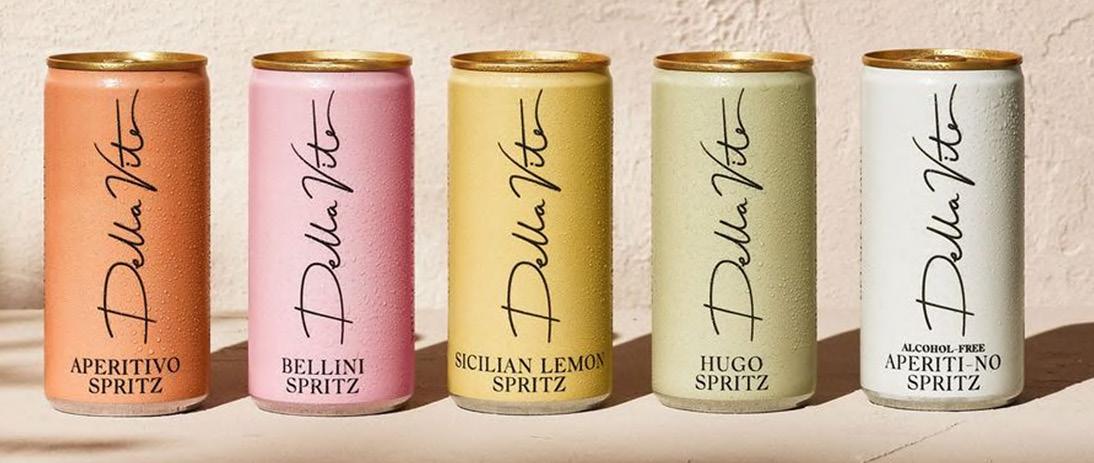
Della Vite have just launched a new and exciting premium range of RTD cans with stock available: RRP £4.95.
Crafted to embody the essence of Italy. Della Vite’s Ready-to-Drink cocktail range offers premium quality and authentic regional recipes. Perfectly blending convenience with sophistication each cocktail reflects Italy’s rich cultural heritage and artisanal craftsmanship.
Dates for your diary
RWA will be at SITT London on Monday, 15th September and SITT Manchester on 17th September. Please pop us an email and let us know you will be attending.
The RWA Bristol regional tasting is at Paintworks is on Tuesday, 30th September. Please RSVP to Tim if you wish to attend: tim@richmondwineagencies.com
Primitivo has consistently grown in popularity and is one of the top trending wines for 2025. Masseria Borgo dei Trulli is an estate in Puglia renowned for their exceptional Primitivo made from old vines. Their wines are characterised by plummy flavours whilst being perfectly balanced with a bright acidity. Talk to your account manager to learn more about their wines.
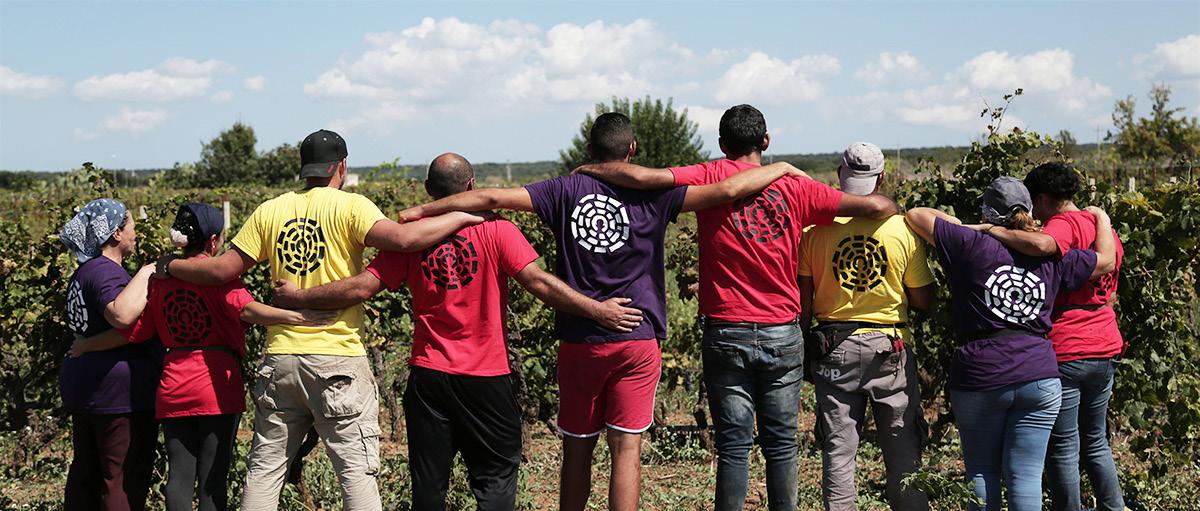
Fells House, Station Road
Kings Langley WD4 8LH
01442 870 900
For more details about these wines and other wines from our awardwinning portfolio from some of the world’s leading wine producing families contact:
info@fells.co.uk www.fells.co.uk

@FellsWine

je_fells
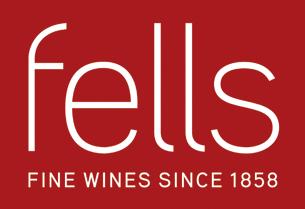


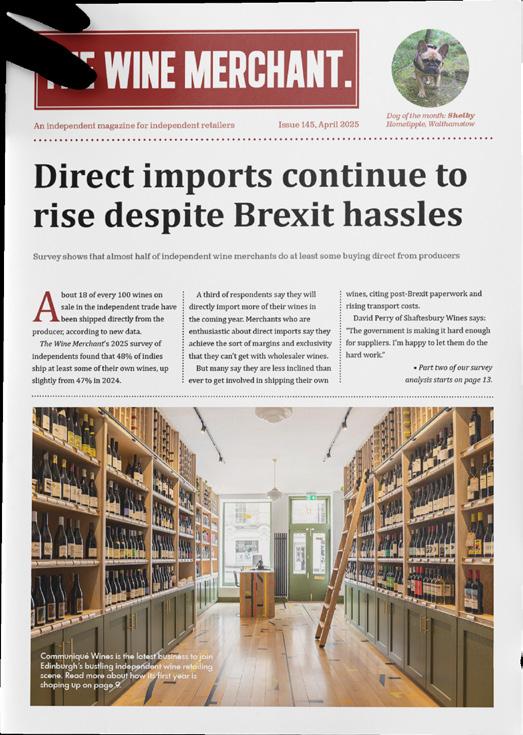









The Old Pigsty, Rose Cottage Church Hanborough OX29 8AA
07802 405627
orders@delibo.co.uk www.delibo.co.uk

Chilean blends from the land of the monovarietal!
Horacio Vicente is the second-generation winemaker at In Situ Vineyards, established in 1974 in the commune of San Esteban, 870 metres above sea level in the Aconcagua valley approaching the Andes.

These complex, elegant and sustainable wines are all made from hand-picked grapes from the vineyards which cling to the hillsides of Mount Paidahuén, in between the mysterious petroglyphs – rock engravings over 500 years old on the top of this ancestral mountain. From the Chardonnay/Viognier Riverside blend to the silky tannins of the Laguna del Inca, now is the time to re-evaluate your Chilean range!
Please contact your account manager or orders@delibo.co.uk


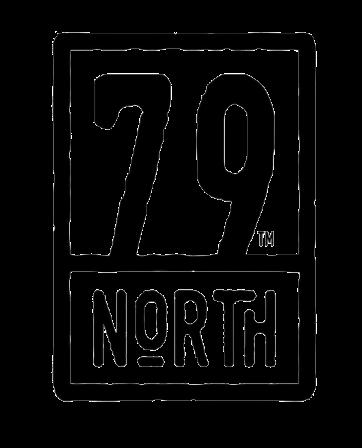
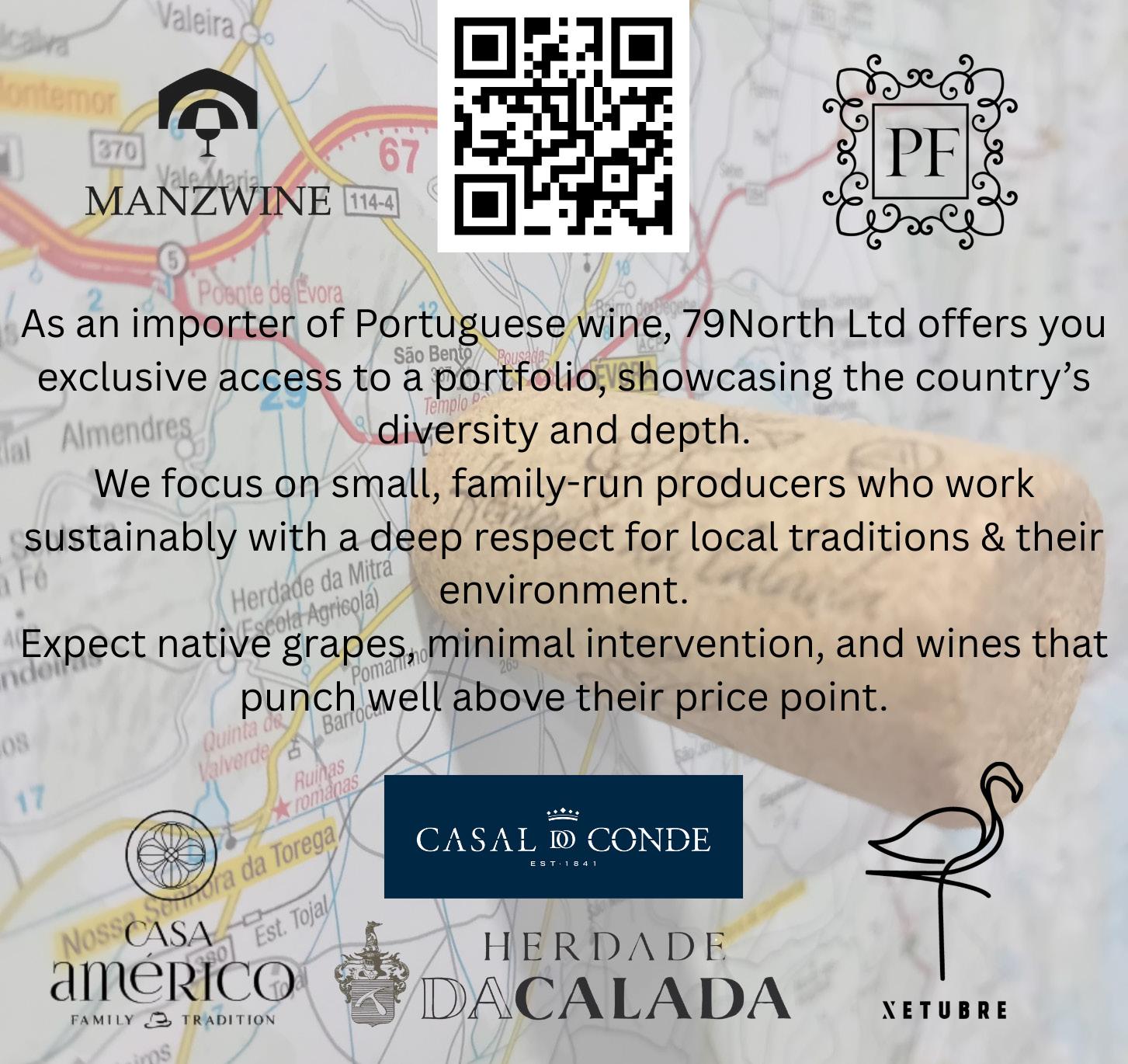
hallgarten wines
Mulberry House
Parkland Square
750 Capability Green
Luton LU1 3LU
01582 722 538
sales@hnwines.co.uk
www.hnwines.co.uk



@hnwines


top selection
23 Cellini Street
London SW8 2LF
www.topselection.co.uk
info@topselection.co.uk
Contact: Alastair Moss
Telephone: 020 3958 0744


@topselectionwines
@topselection


In 1975, legendary vintner and pioneer Josh Jensen founded Calera (Spanish for “lime kiln”) high in the Gavilan Mountains of California’s majestic Central Coast. In the ve decades since, Calera has helped establish the Central Coast as one of the New World’s most exciting wine regions, while earning acclaim as one of California’s iconic wineries. Crafted using grapes from a handful of the nest vineyards on the Central Coast, this alluring wine o ers enticing aromatics, soft, velvety tannins and vibrant fruit and spice. is Pinot Noir is nuanced and complex with a long, lush nish, making it a benchmark for the region.
“I’m assuming you’re really asking how I avoid deadlines”
Jonathan Ray is drinks editor of The Spectator, columnist for The Field and Spear’s and author of a dozen books on wines and spirits. He has an understanding wife, two indifferent sons, a cast-iron liver and a PhD in history. He lives in Brighton.
What’s the first wine you remember drinking?
Come off it, I can barely remember the last bottle I drank, let alone the first! My mother told me that as a fractious baby who refused to sleep, I was weaned on malmsey Madeira which apparently had me snoring in no time. Once I hit 11, my pa would serve me watered-down claret, no doubt from excellent vintages, so keen was he to get me started on grape and grain.
What job would you be doing if you weren’t in the wine trade?
Well, I was in the wine trade – first with Oddbins and then Berry Bros – but always felt that there was more fun to be had elsewhere and somehow morphed into being a drinks writer. I’m a lush with wanderlust who’s paid not only to drink but also to travel. I can’t believe how lucky such a lazy person could be.
How do you relax?
I’m assuming you’re really asking how I avoid deadlines. Well, firstly, by staring out the window and if that doesn’t work, by cooking. I love spending time in the kitchen and if we haven’t got folk coming over or aren’t in for supper, I’ll cook for the freezer. The damn thing is groaning with homemade gravadlax, chicken and ham pies, chicken terrines, cottage pies, beef stews, soups, sauces and chocolate cakes.
What’s the best book you’ve recently

read?
I used to devour novels almost in a sitting but find it increasingly hard to stick with them. As a result, I’ve turned back to short stories and have just re-read all the Damon Runyon tales which still delight me. Set in Prohibition New York, they never fail to entertain and enchant.
Do you have any sporting loyalties?
I retain my childhood loyalties to Kent in the cricket and Spurs in the footie along with the Seagulls in my adopted hometown of Brighton. I love watching the rugby internationals but don’t care who wins.
Who’s your favourite music artist?
In no particular order, I’d say Led Zep, Bad Company, Creedence Clearwater Revival, Deep Purple, Rainbow, Mott the Hoople, The Eagles, Bob Seger, KD Lang, Eddie & The Hot Rods, Carmel, Oscar Peterson, Thin Lizzy, Buddy Rich and, in classical music, Sir Mark Elder, Christopher Maltman, Cecilia Bartoli, Kate Royal, Renee Fleming
and Sir Thomas Allen.
Any superstitions?
I dislike tempting fate. So it is that Mrs Ray is no longer allowed to say anything along the lines of “Gosh, this is going well.” Last time she said that was on Eurostar to The Hague and within two seconds the train had screeched to a halt, and we were stuck outside Lille for seven hours.
Who’s your favourite wine critic?
Are you crazy?! I wouldn’t dare single anyone out for fear of upsetting all my other wine writing colleagues, each one of whom is supremely gifted, witty, charming and bang on the money with every single bottle they write about.
What’s your most treasured possession?
I’m not too hung up on possessions, but I do remain wedded to my old Omega Seamaster watch. Given to me 50 years ago as a Confirmation present by my adored godmother, Rachel, it has only stopped once: on the day, many years later, when I realised that I was an atheist.
What’s your biggest regret?
I can’t think of any other than the perennial “I wish I’d learned to play the piano/spoke better foreign languages” trope.
Who’s your hero?
Can I have three? Namely Peter Ustinov, Keith Waterhouse and Victor Borge, gifted and warm-hearted polymaths all, whose only purpose in life seemed to be making other folk laugh and be happy.
Any hidden talents?
I have a pretty powerful four-fingered whistle that can summon a cab from six streets away, which impressed Mrs Ray on our first date.
What’s your favourite place in the UK?
I’m never happier than when I’m in the Academy Club, Lexington Street, London W1. Founded by the late, great Andrew Edmunds and Auberon Waugh, it’s the last vestige of old Soho, a blessed spot with first-rate grub, a brilliantly put-together and extremely modestly-priced wine list and gloriously engaging and eccentric members and staff.
If we could grant you one wish, what would it be?
It would be to have five wishes every day.
